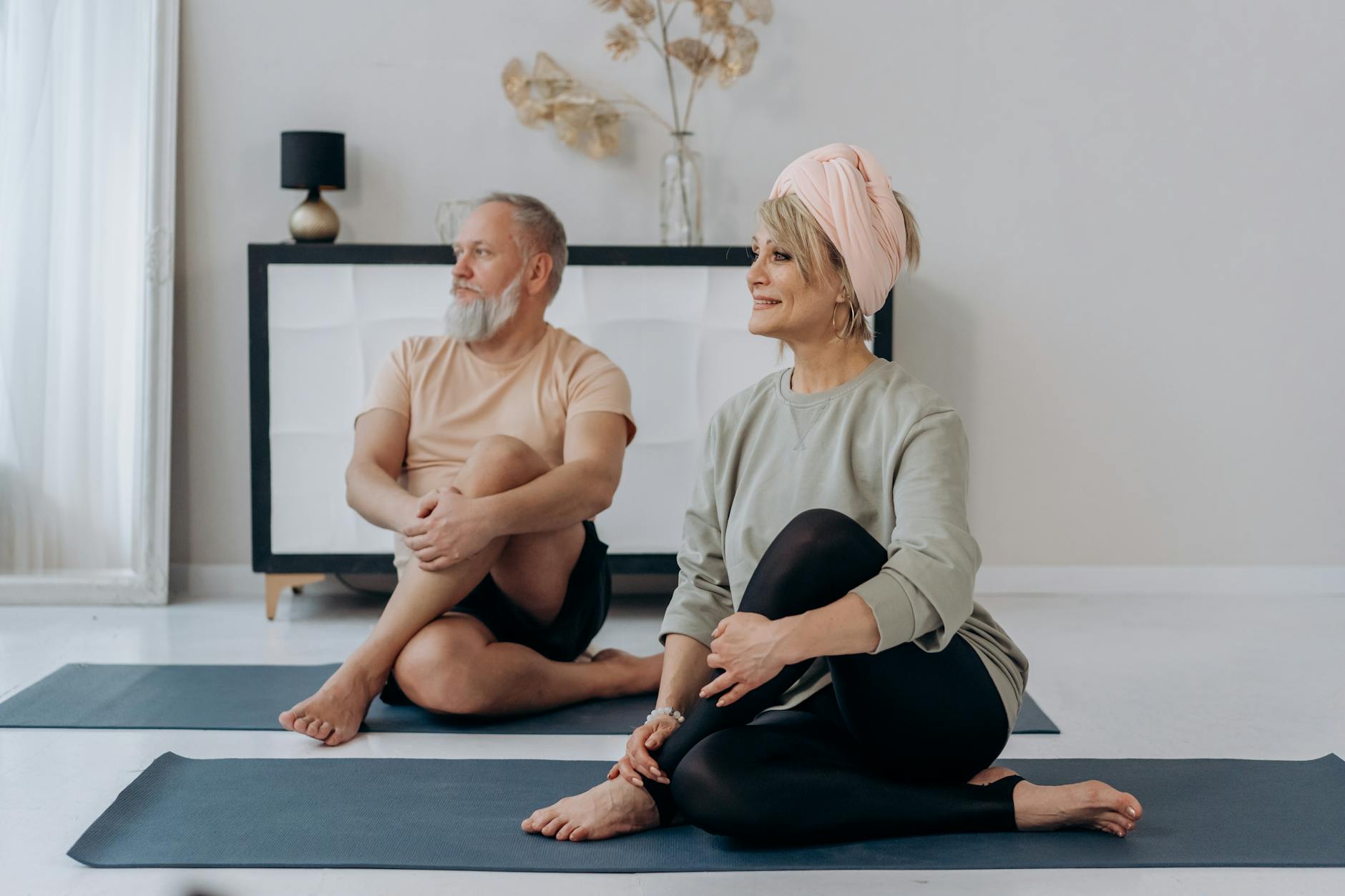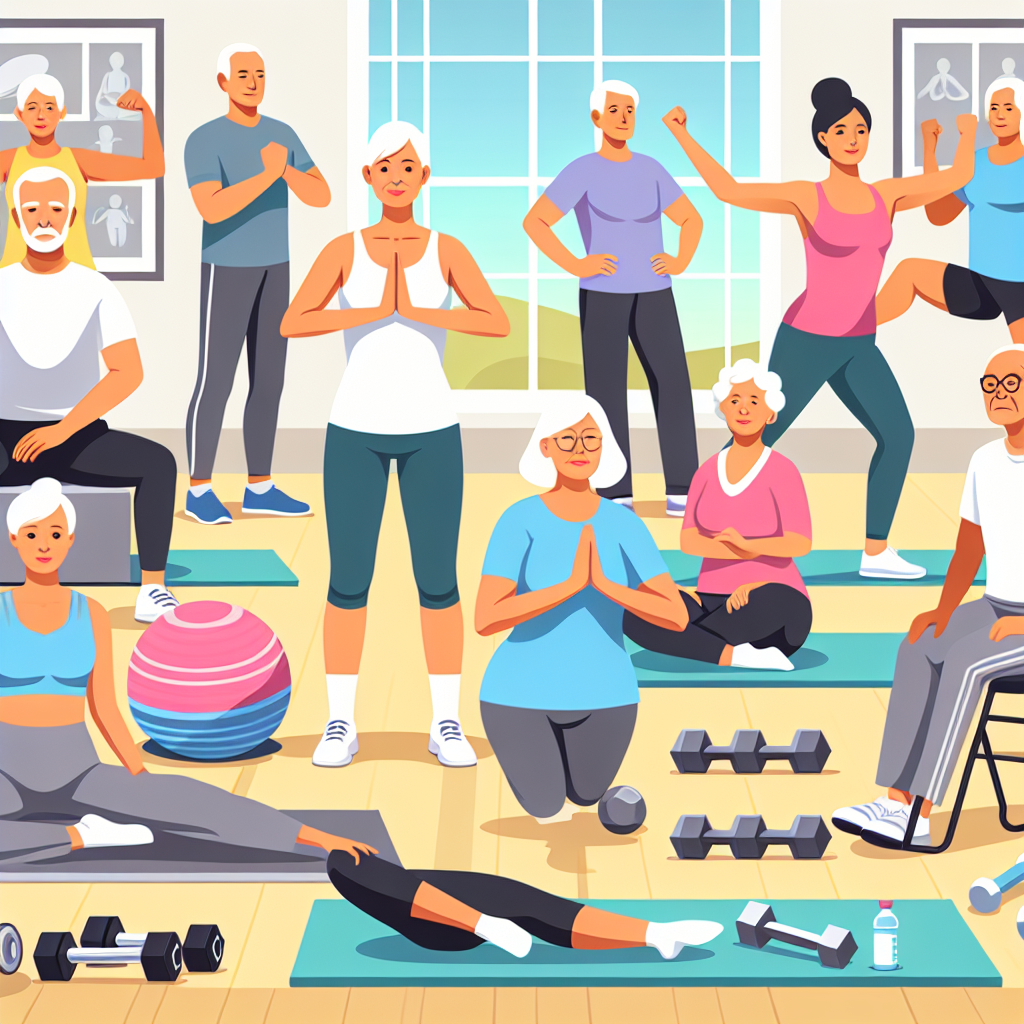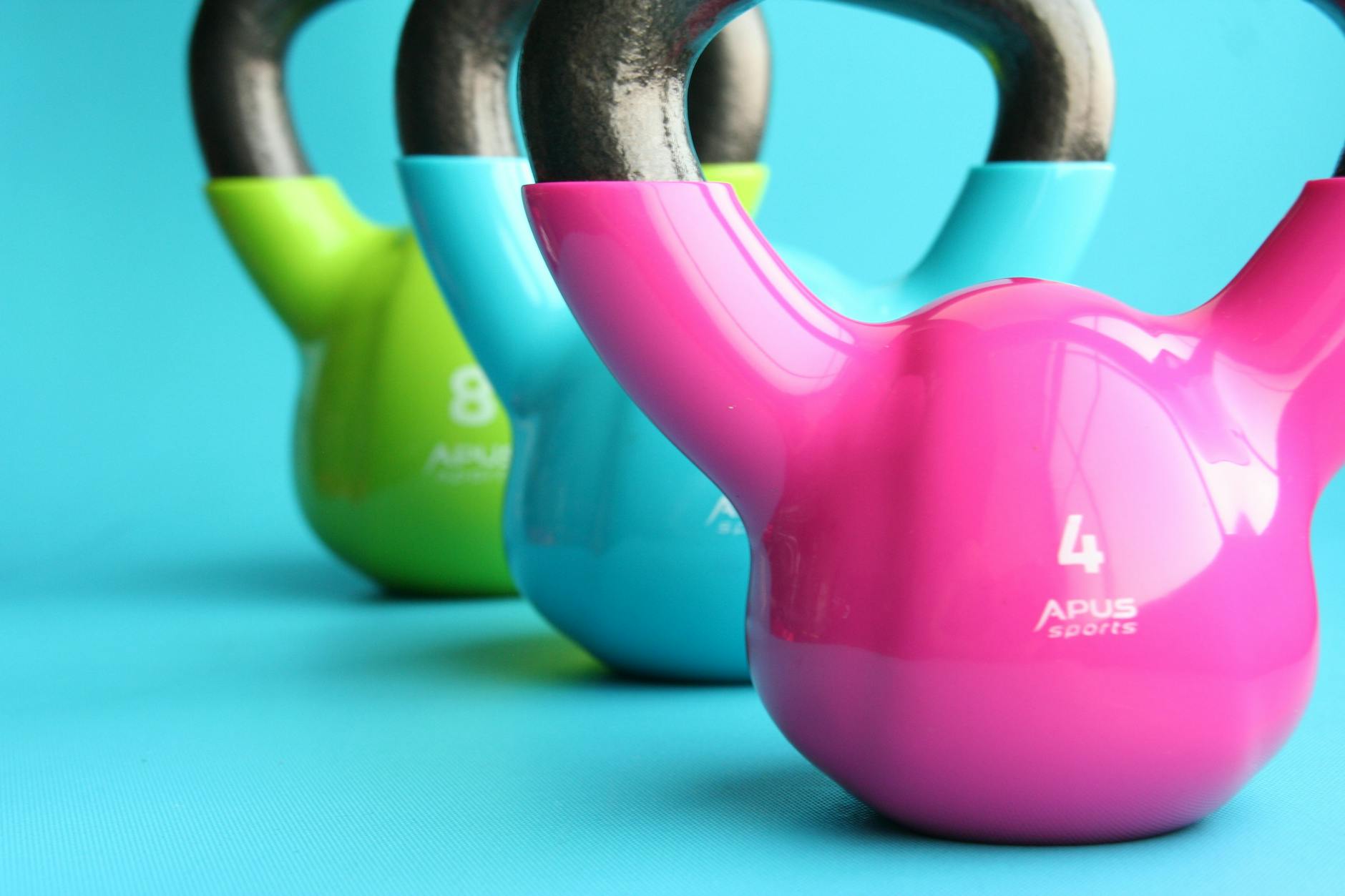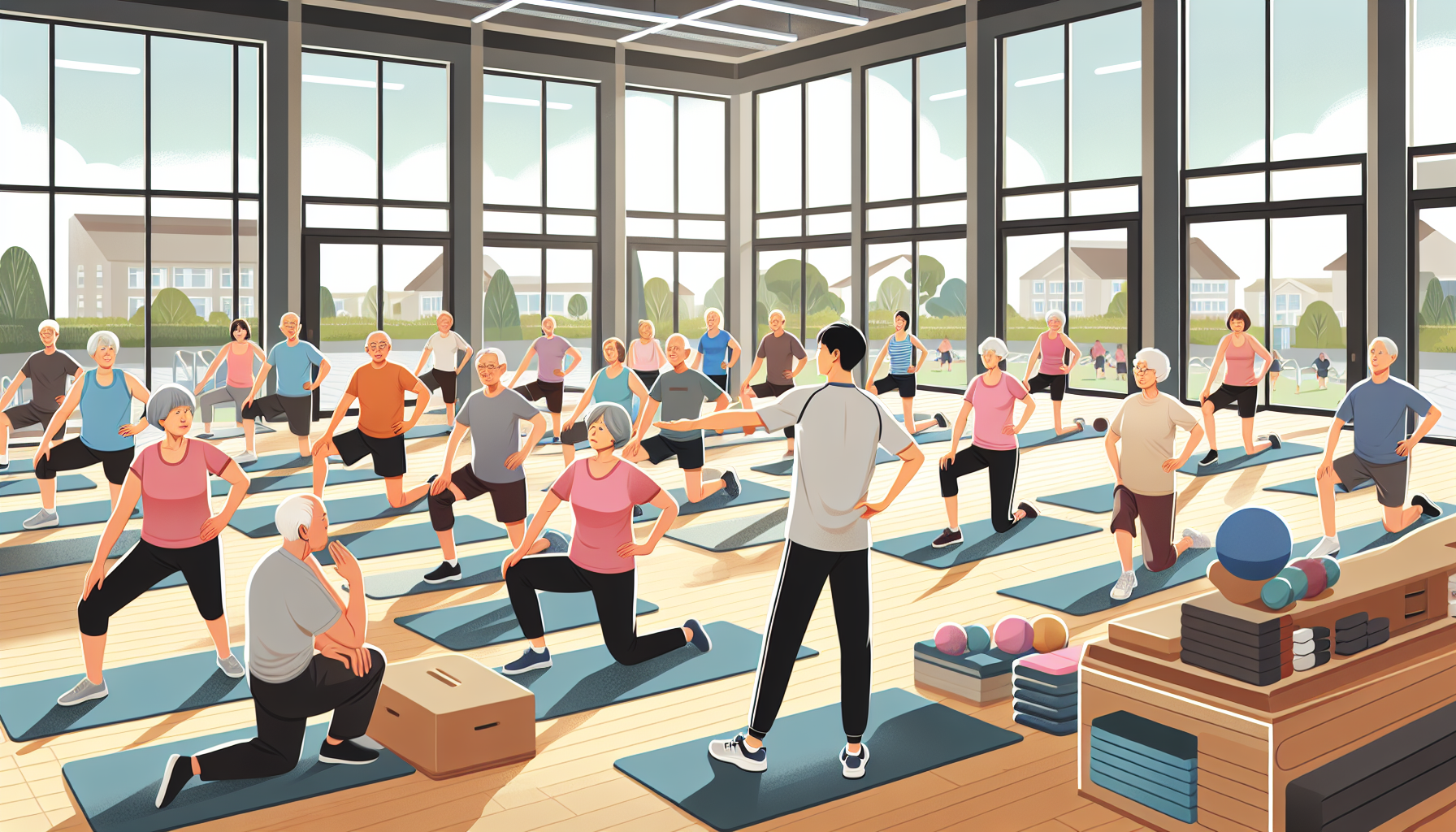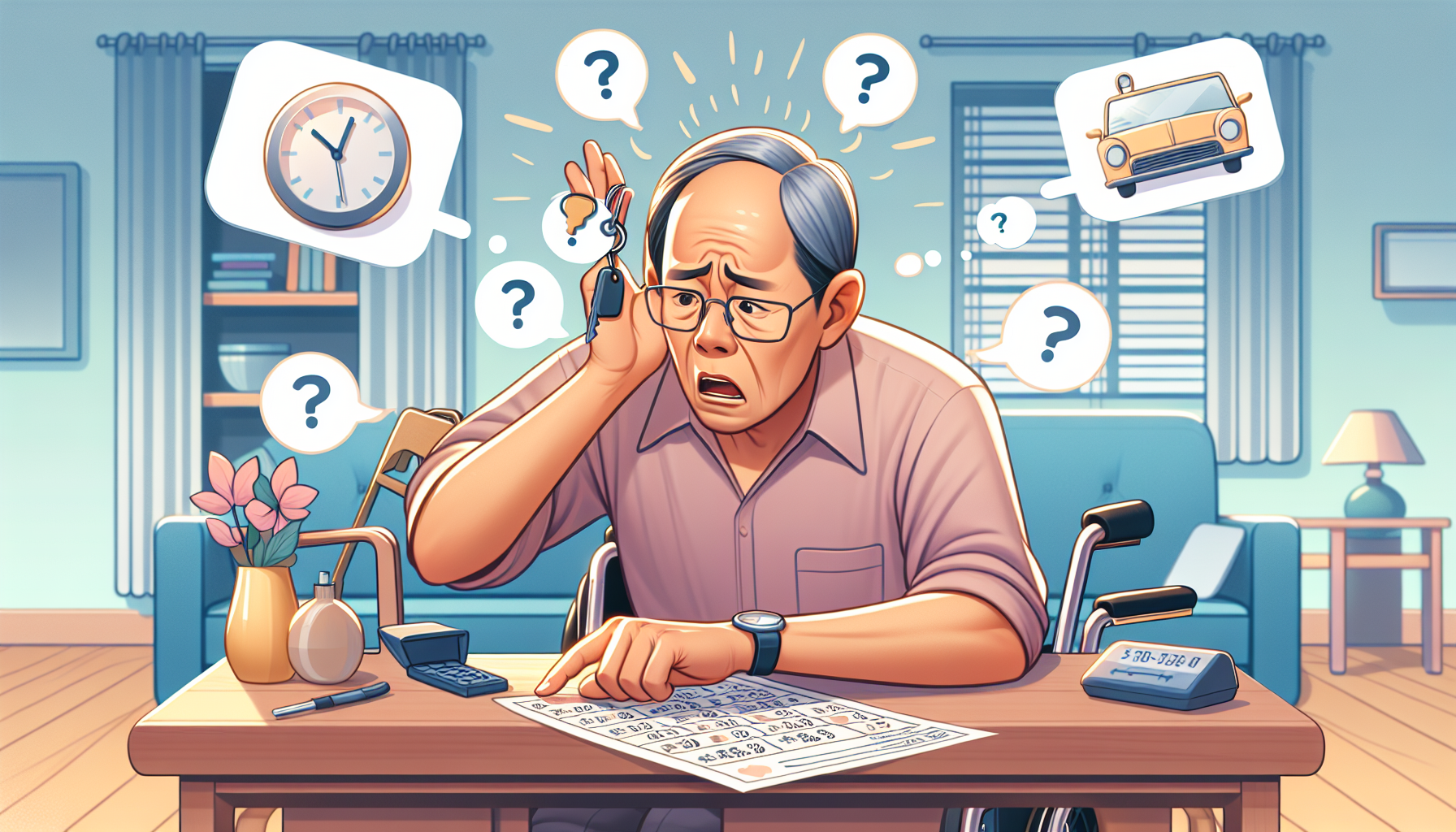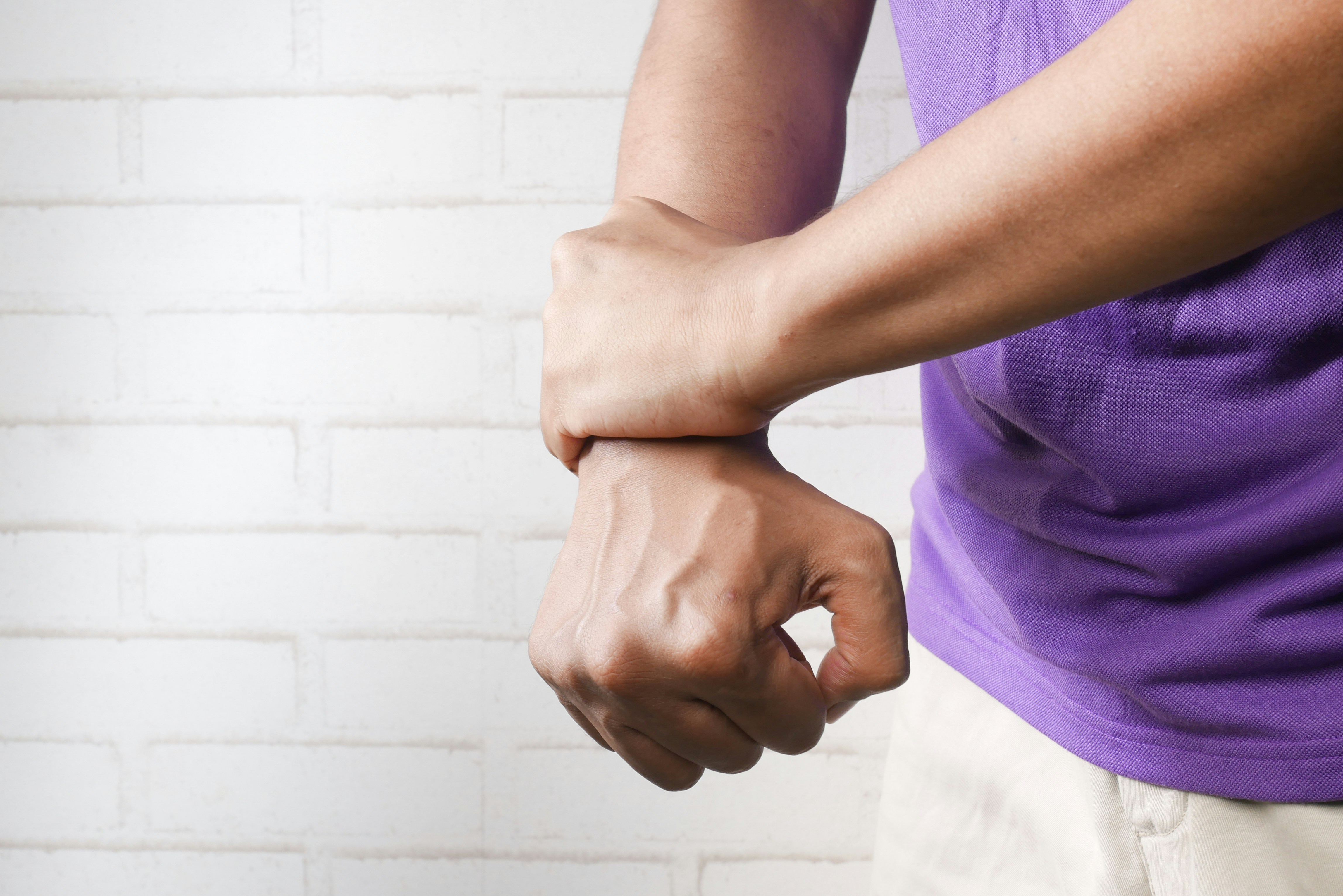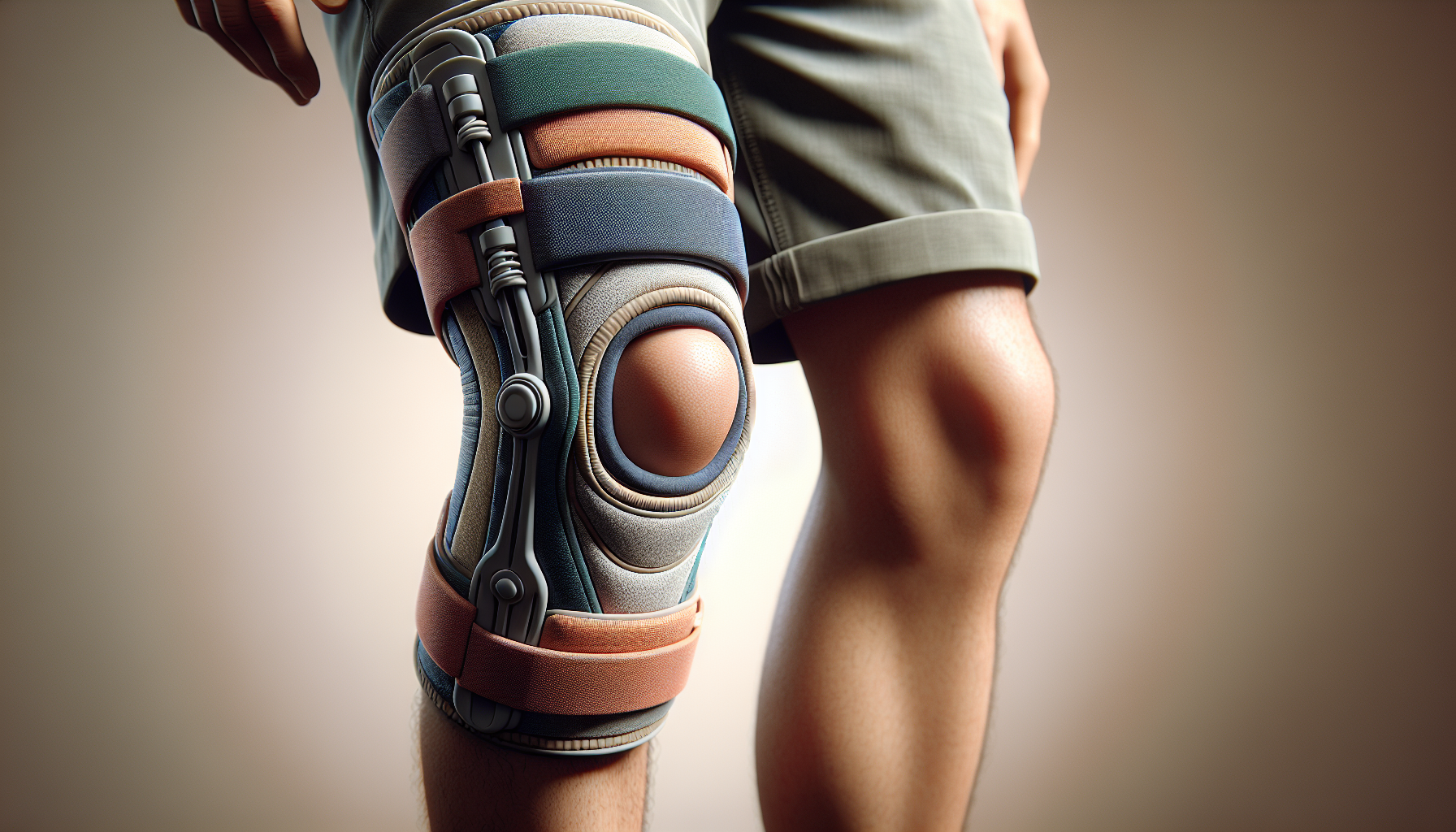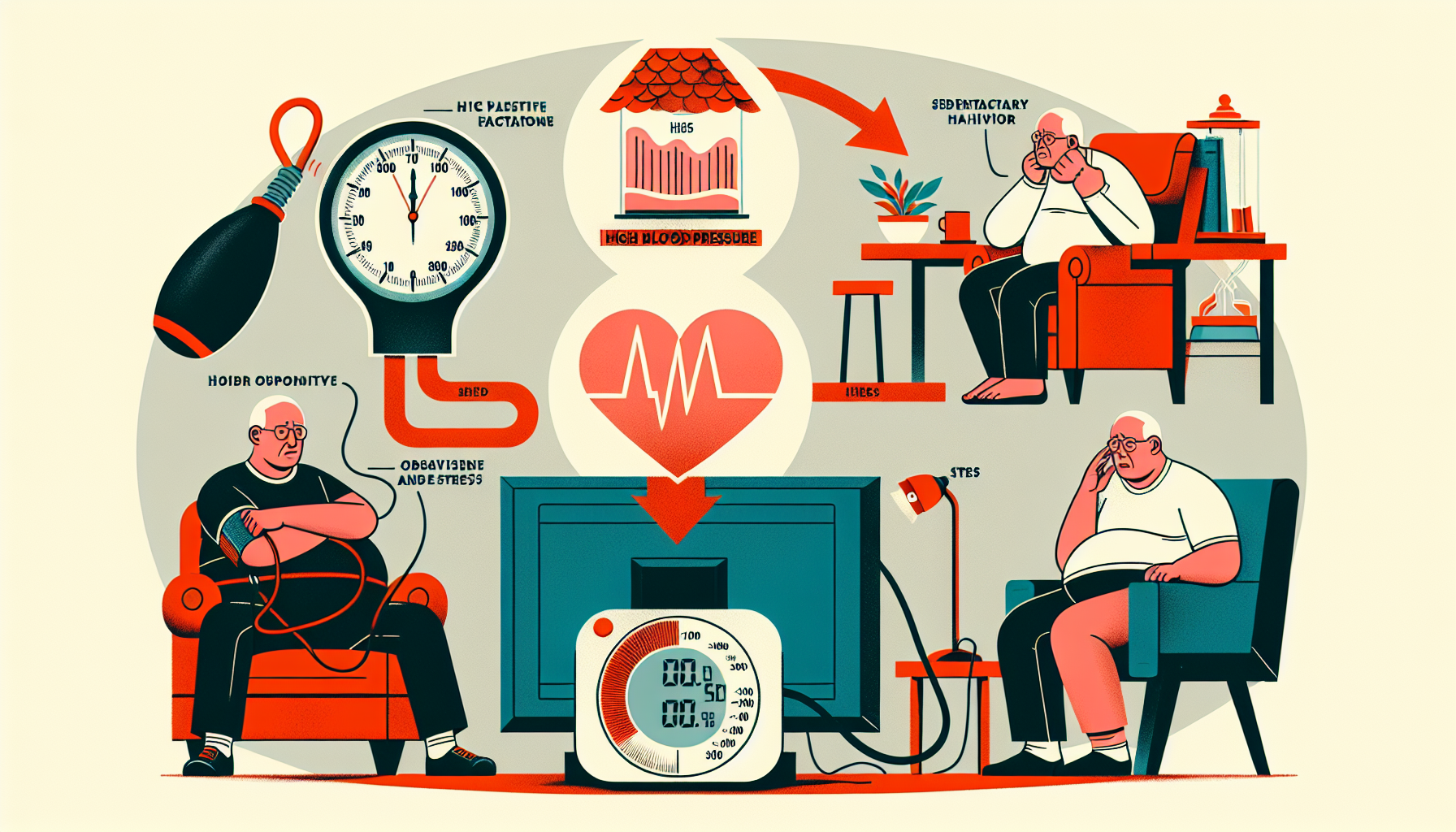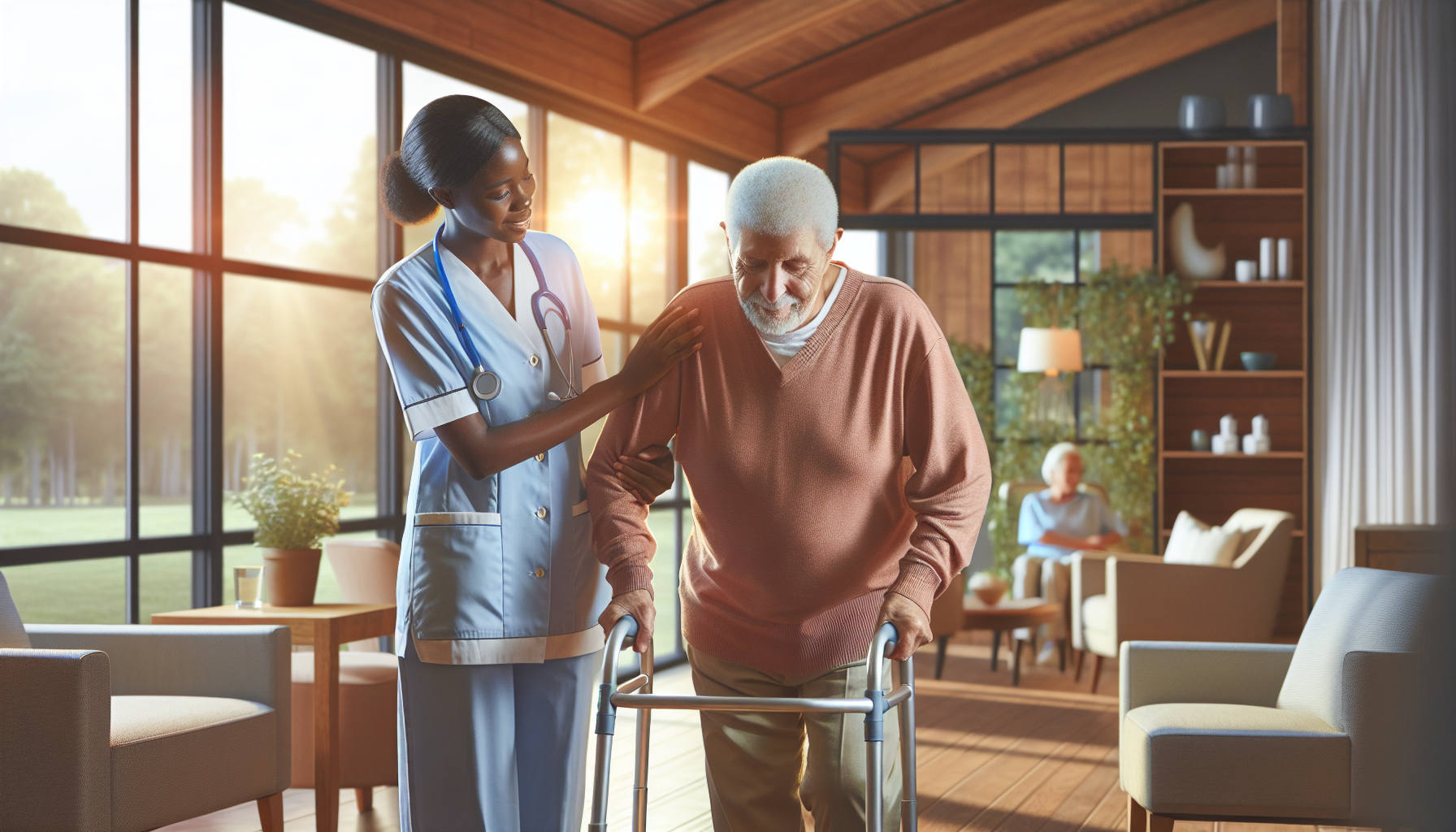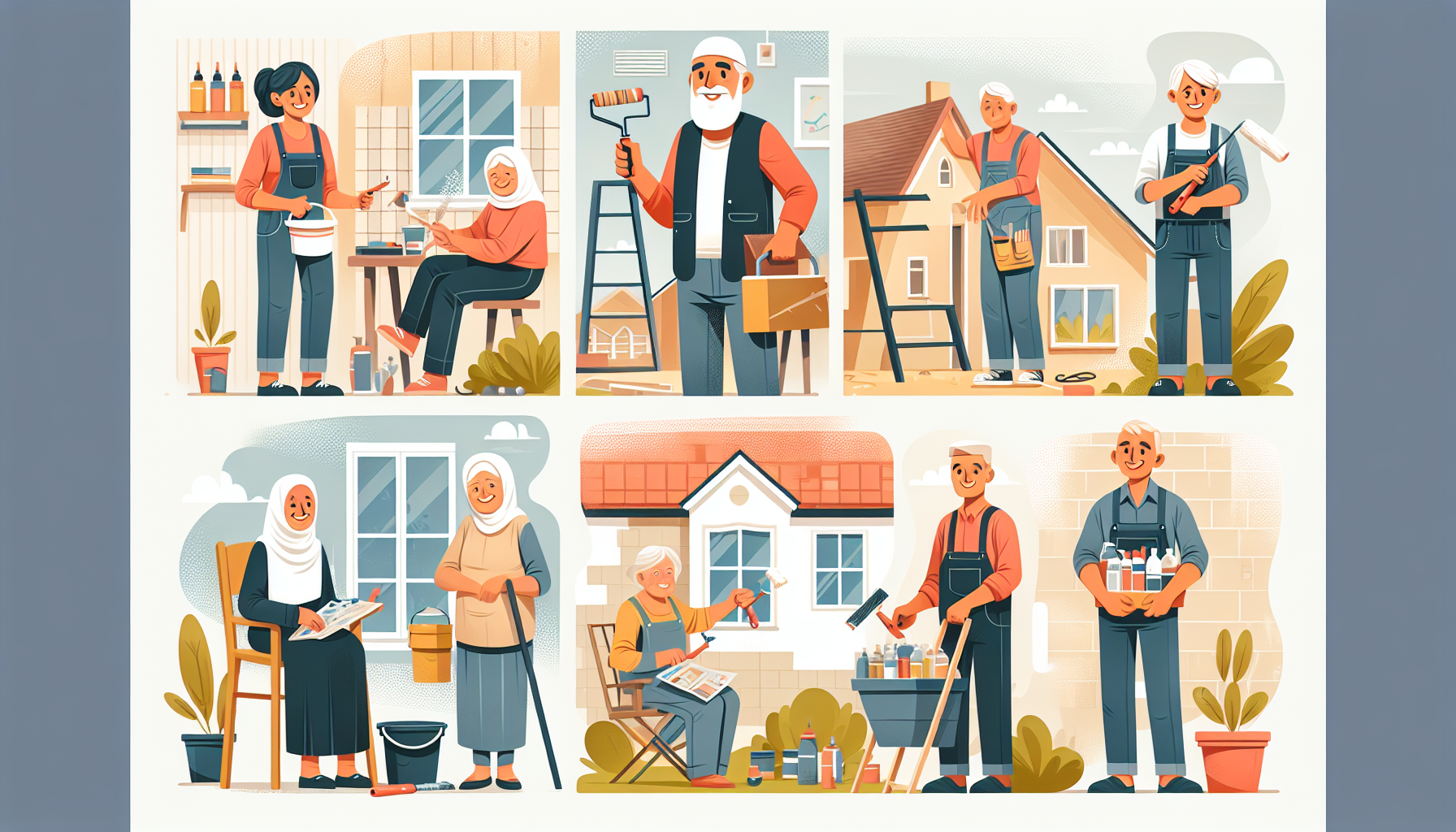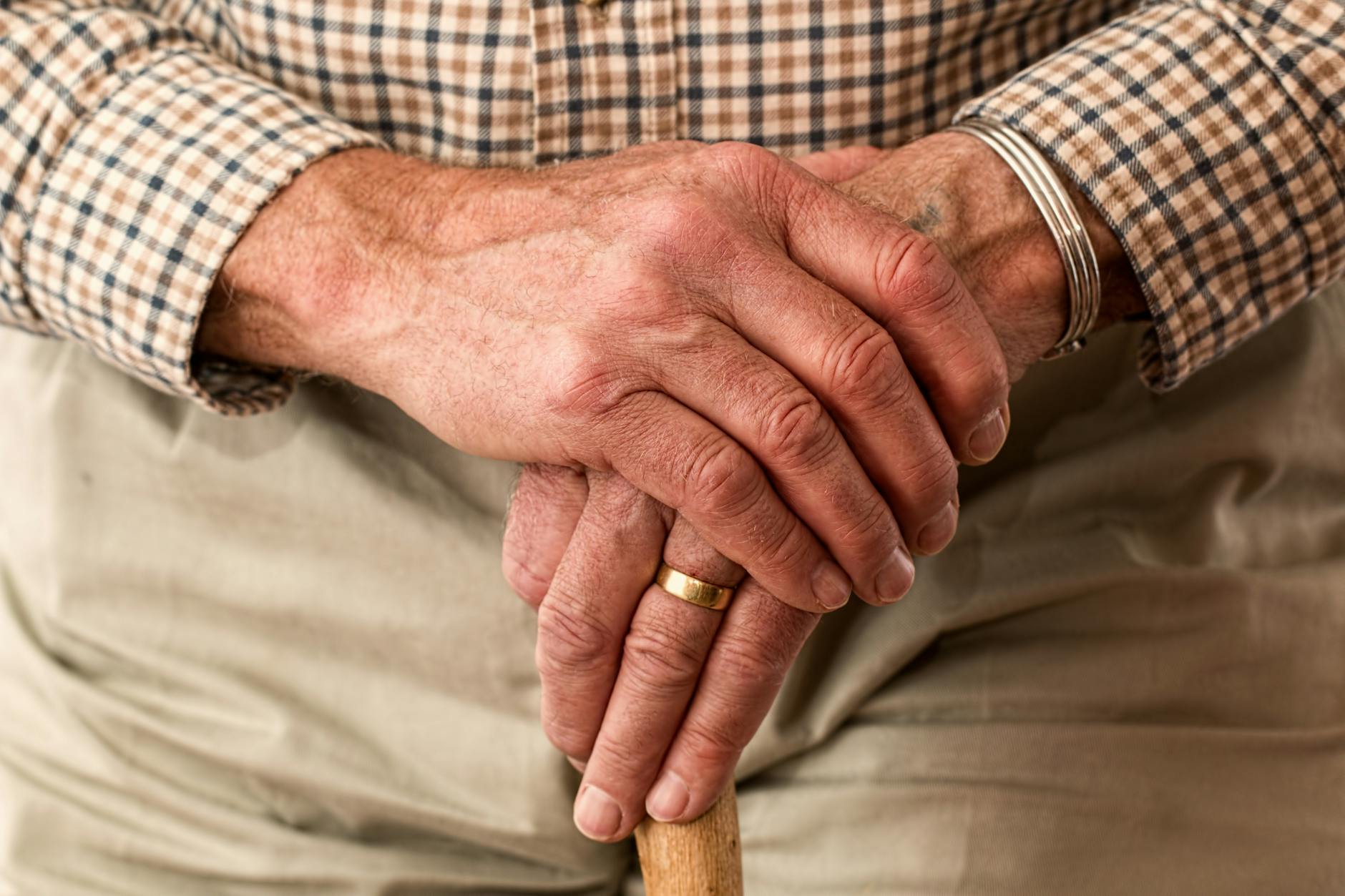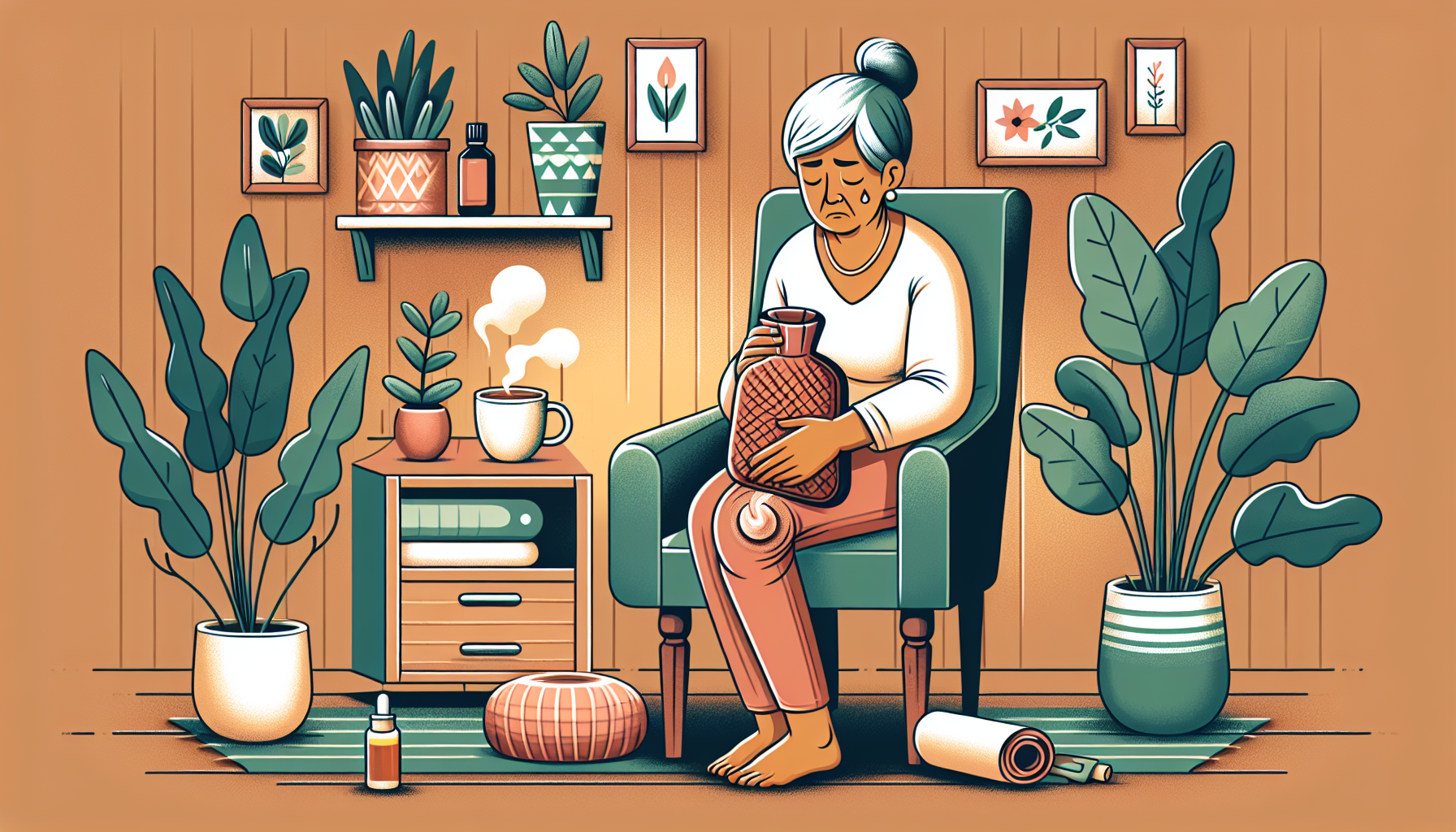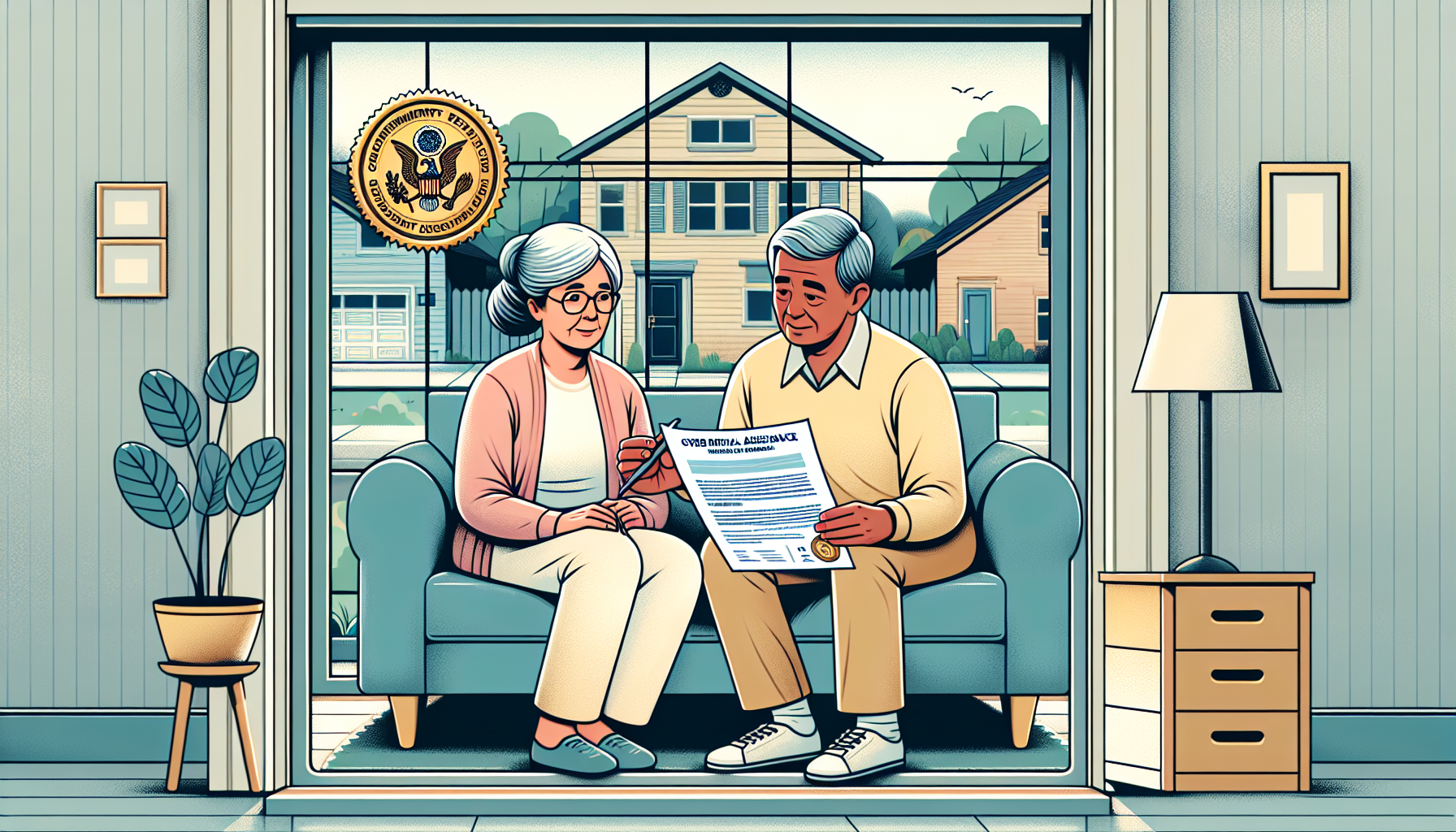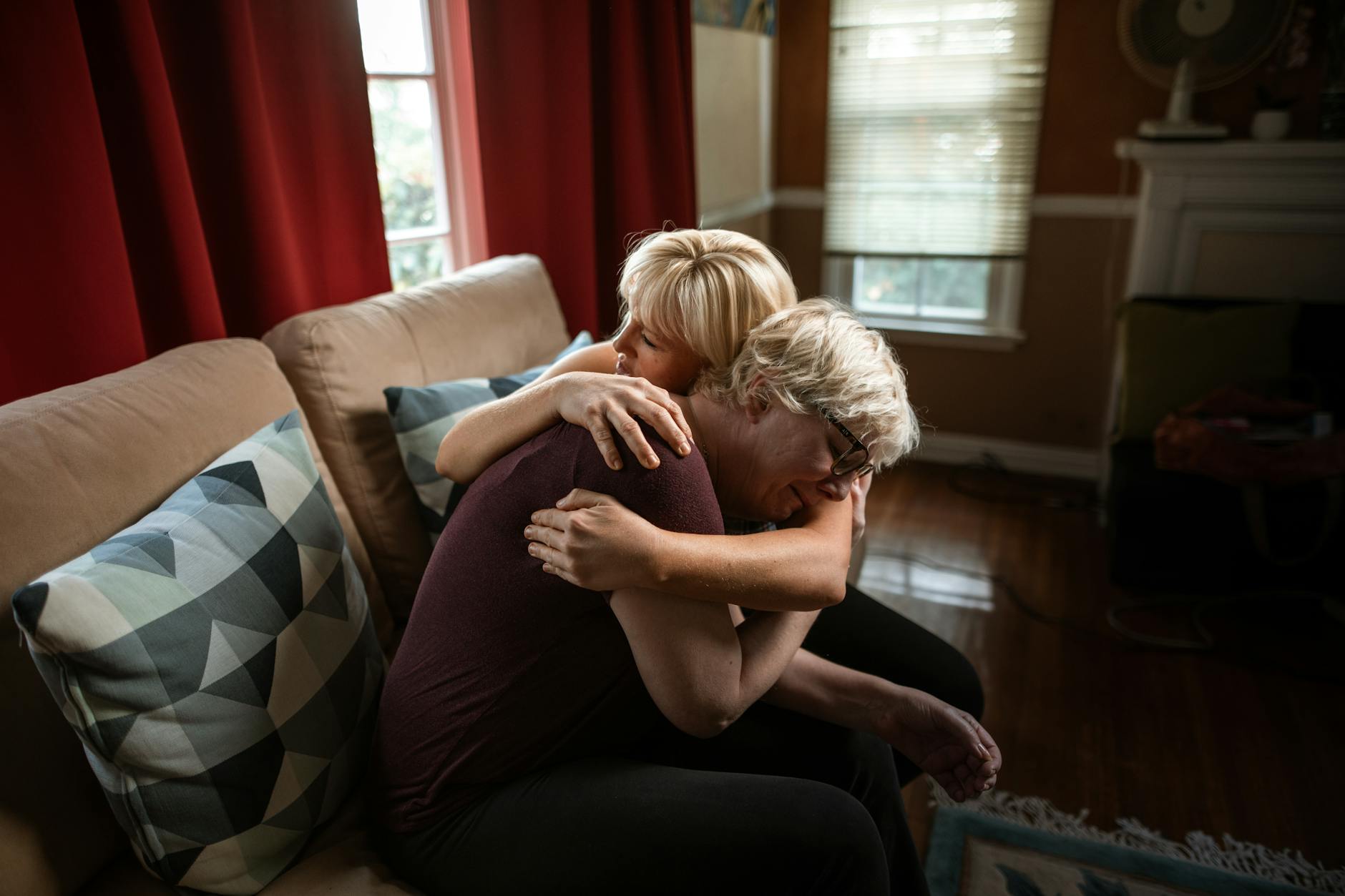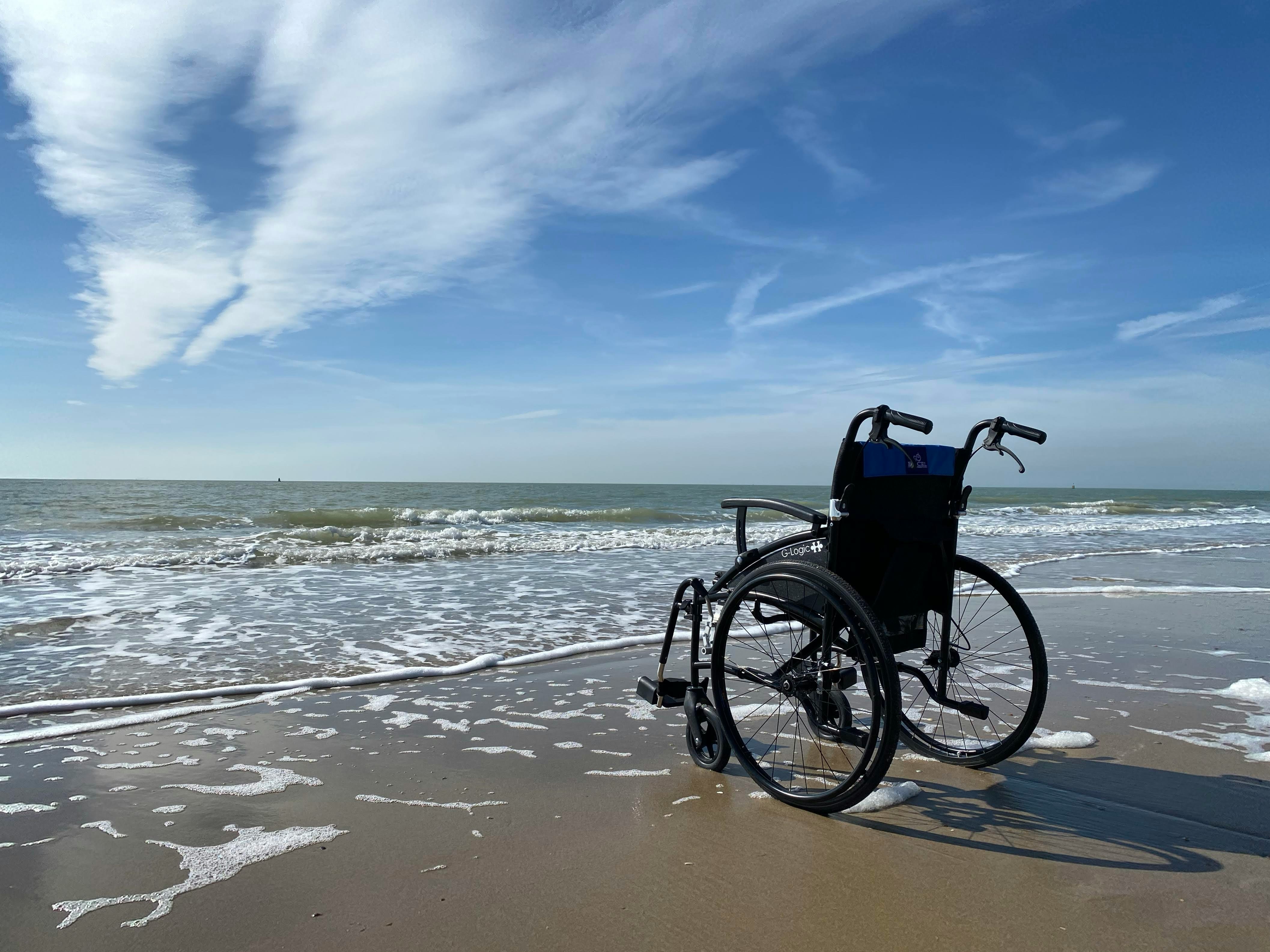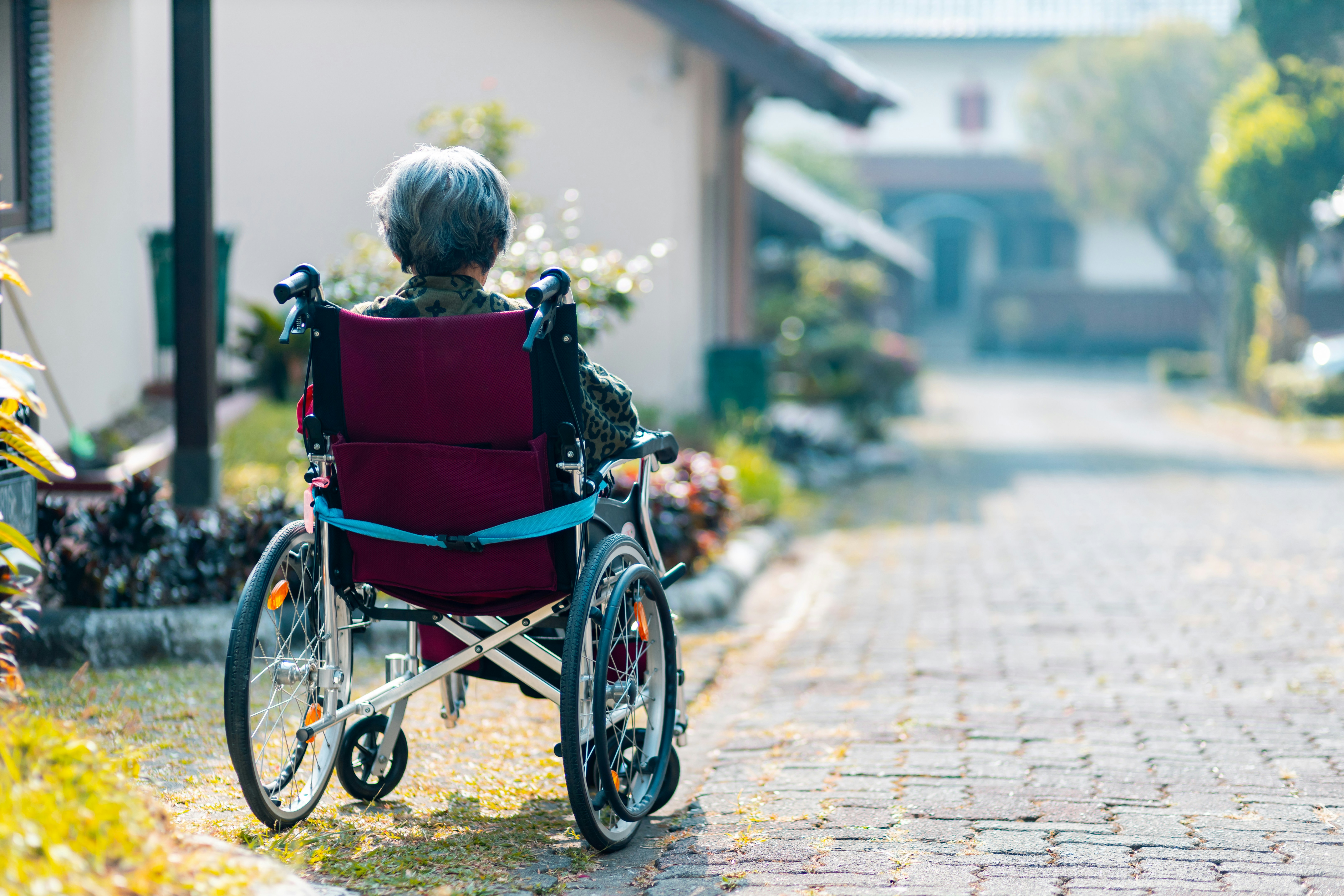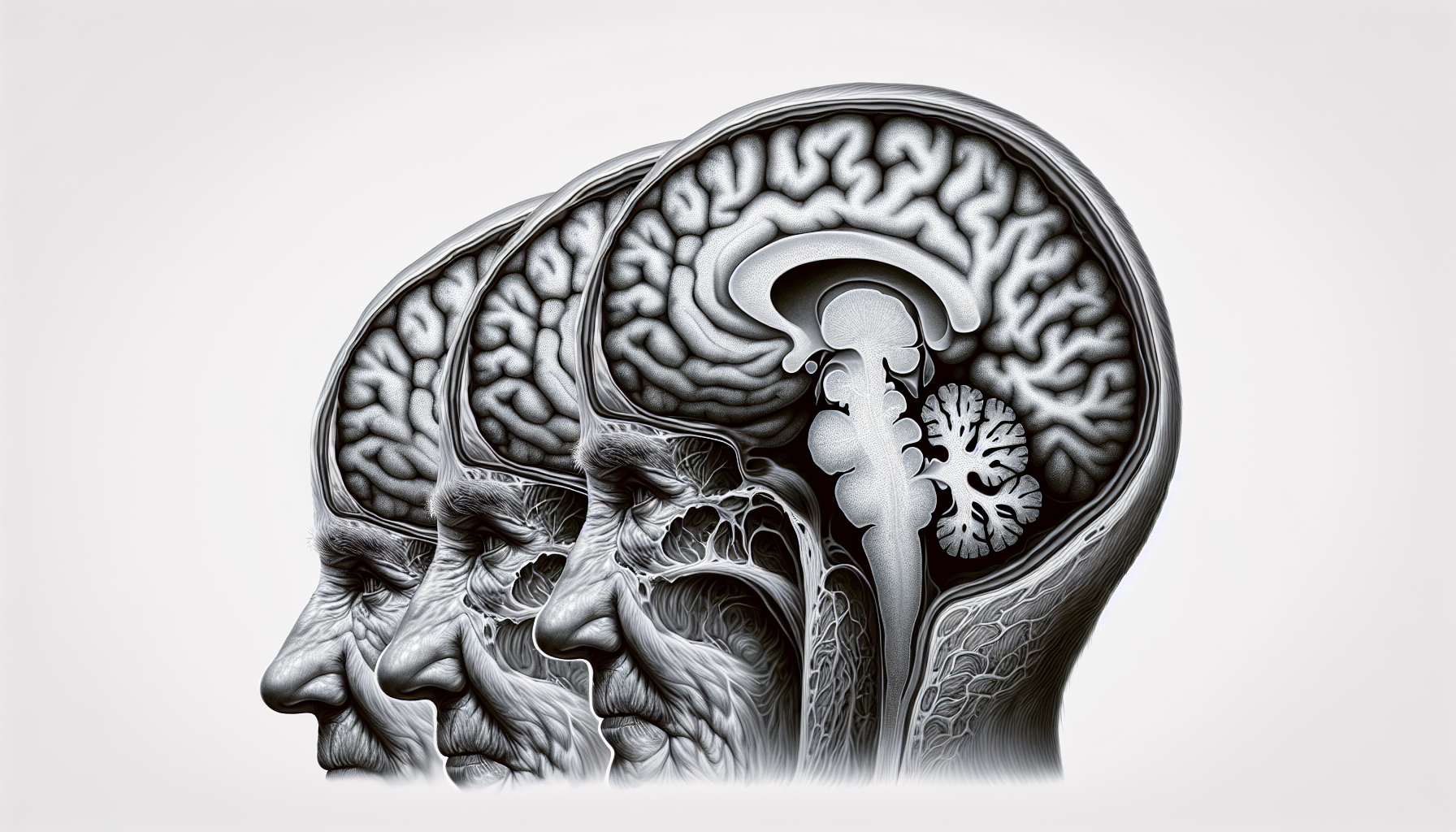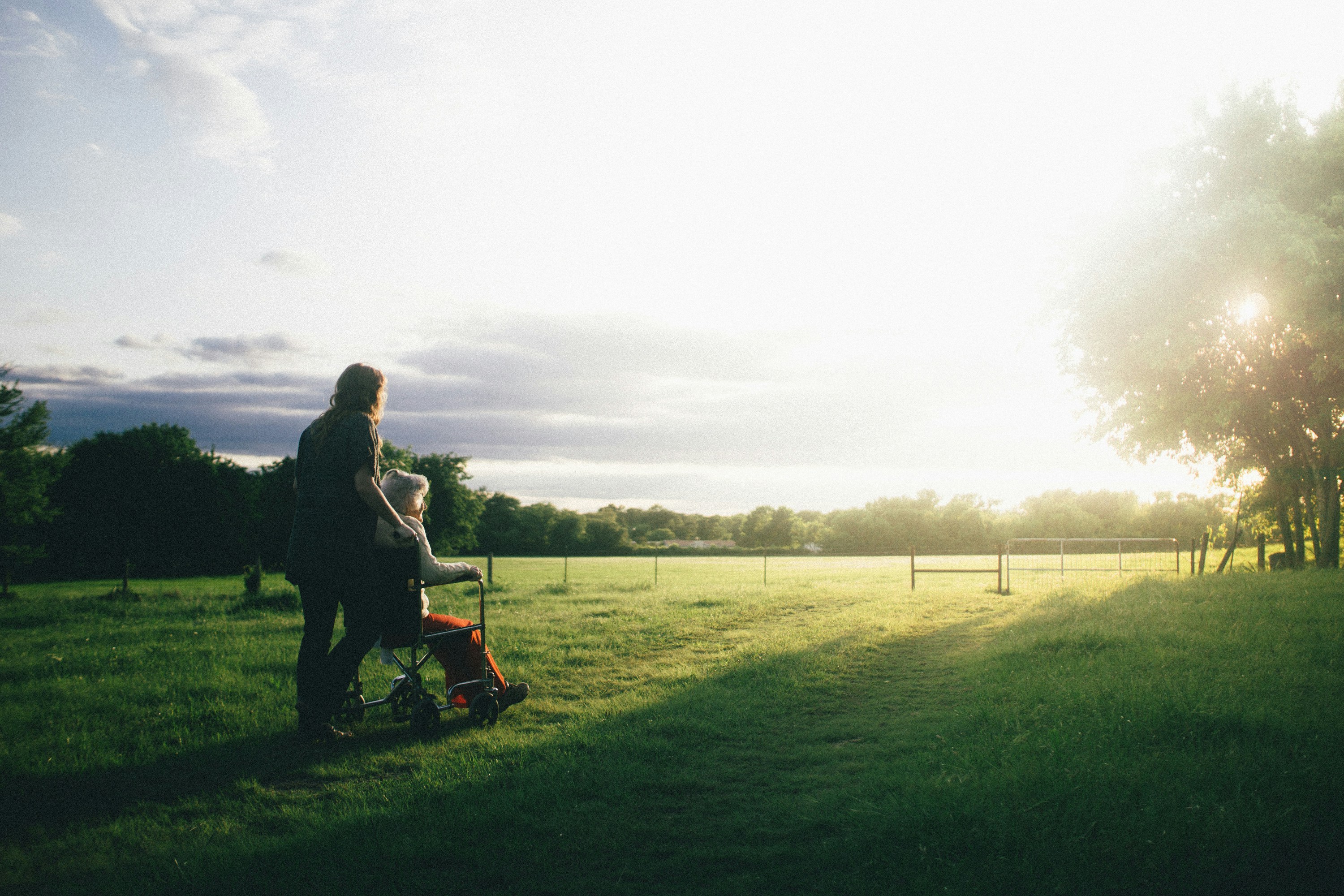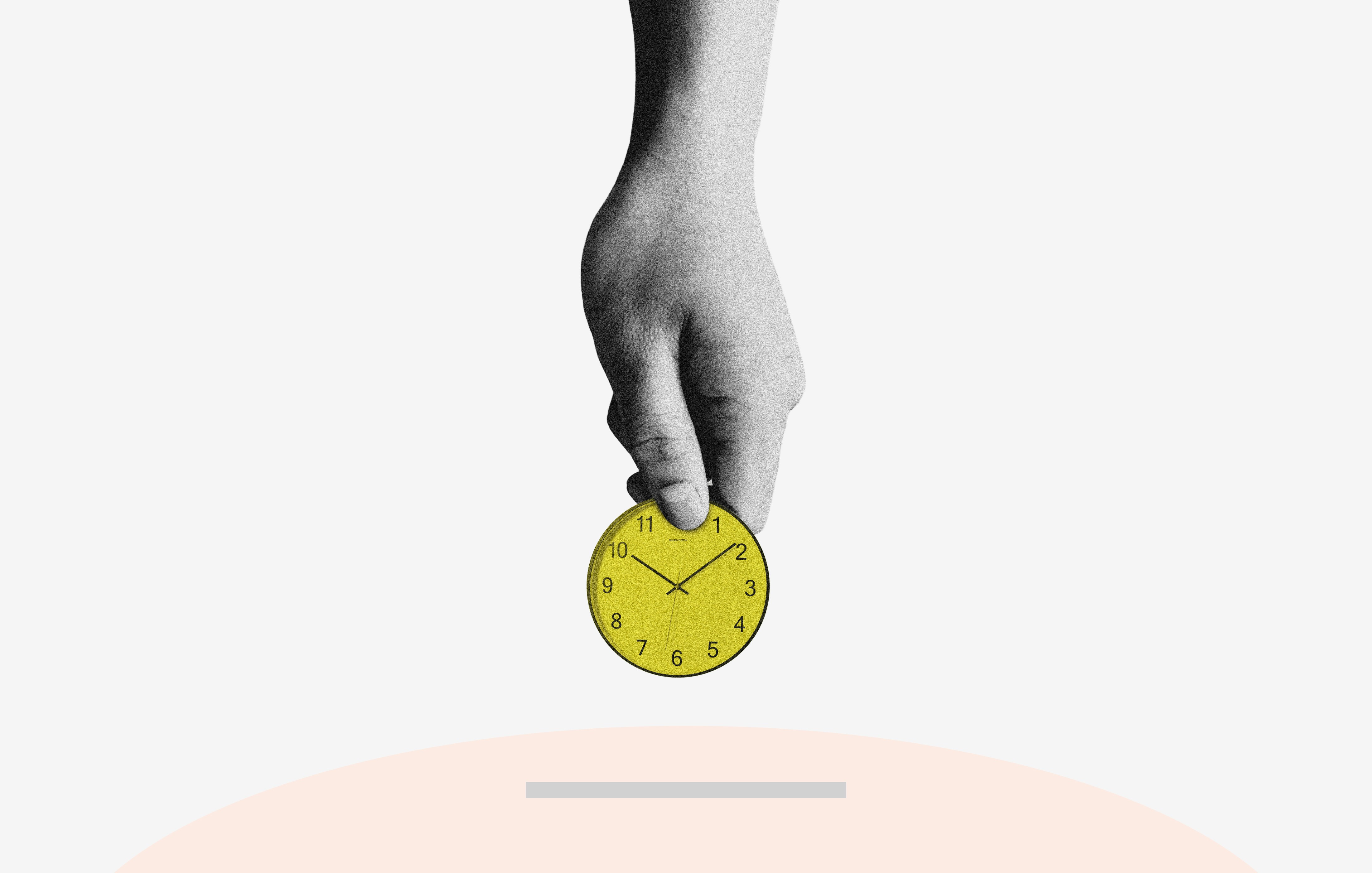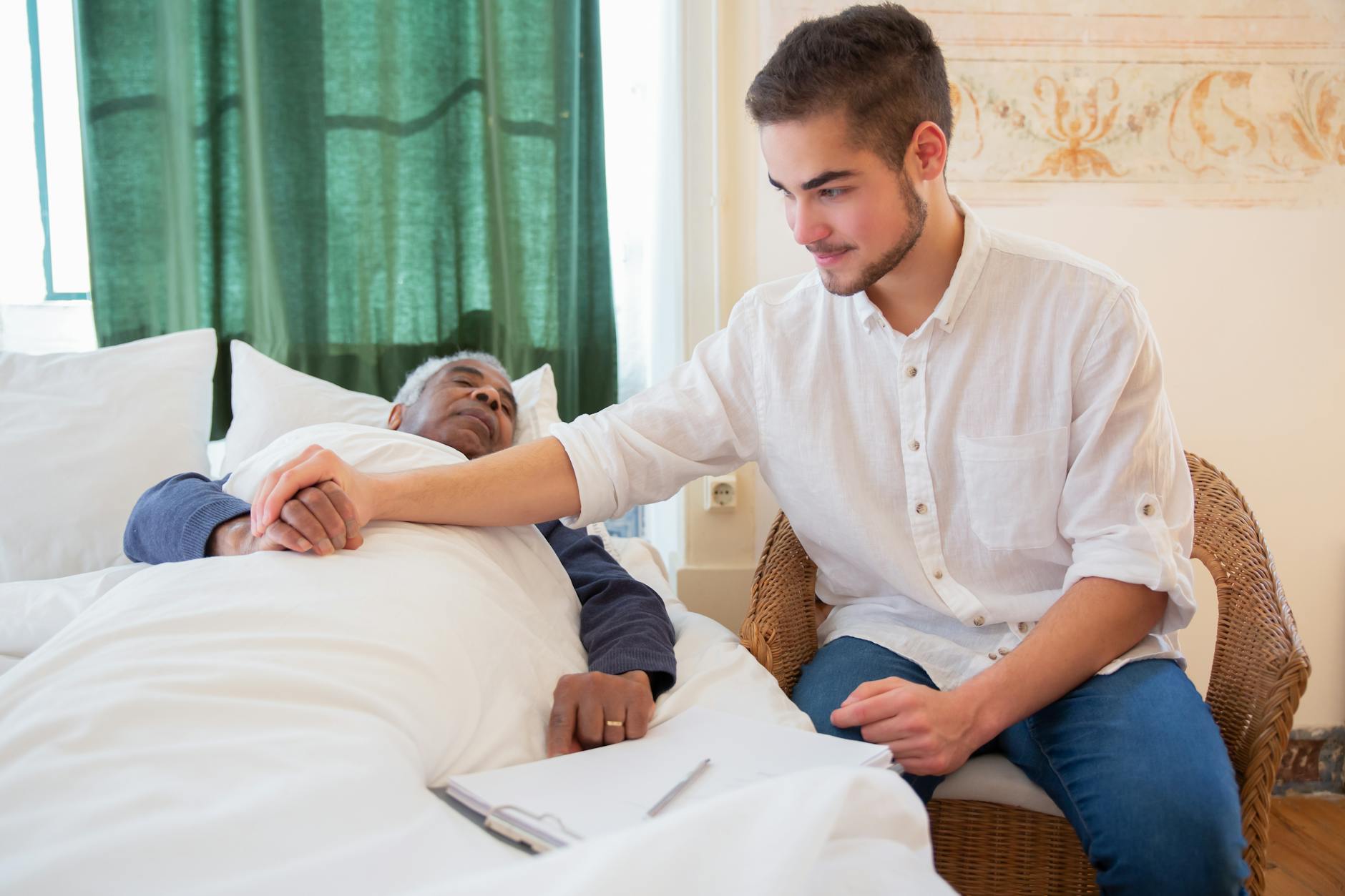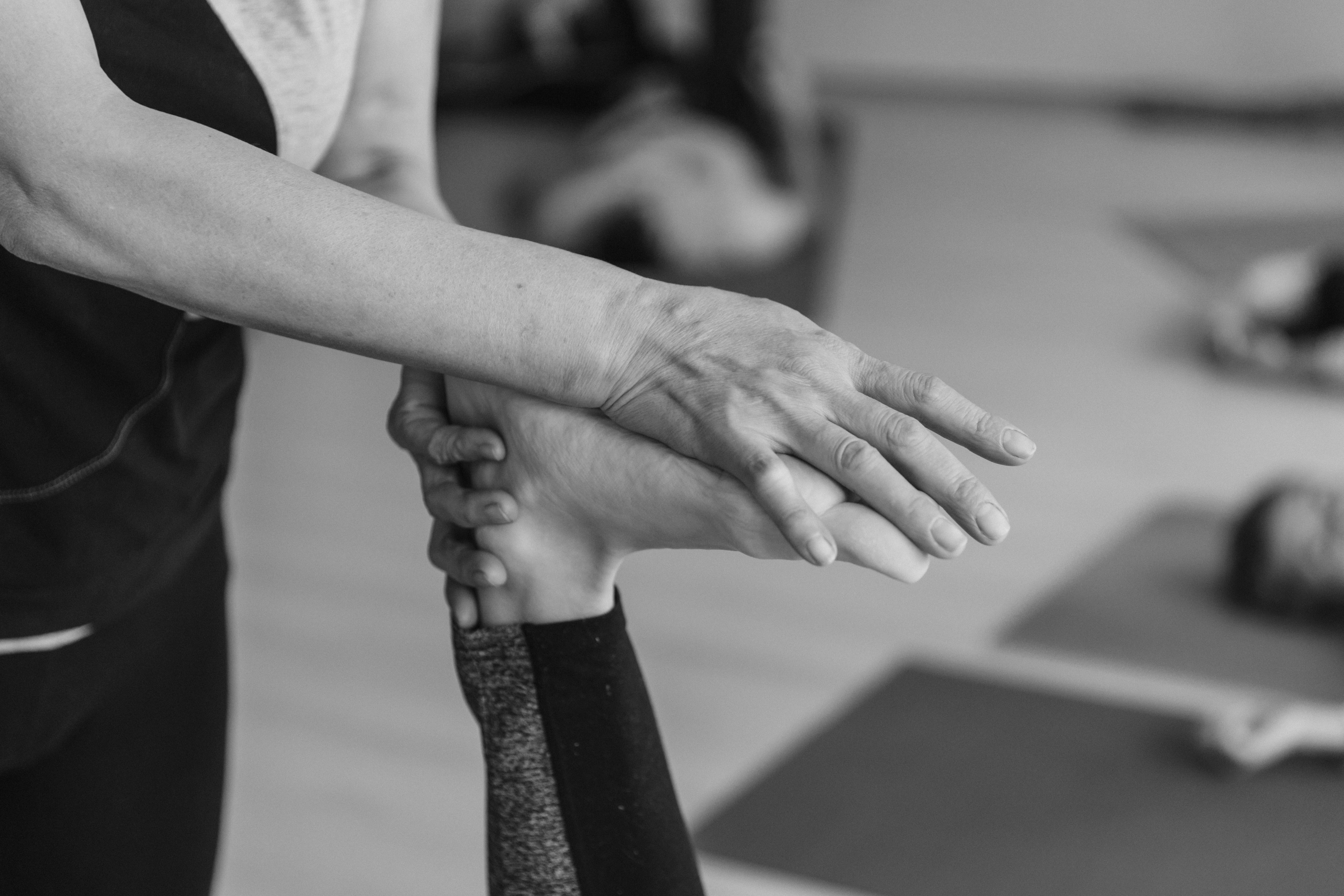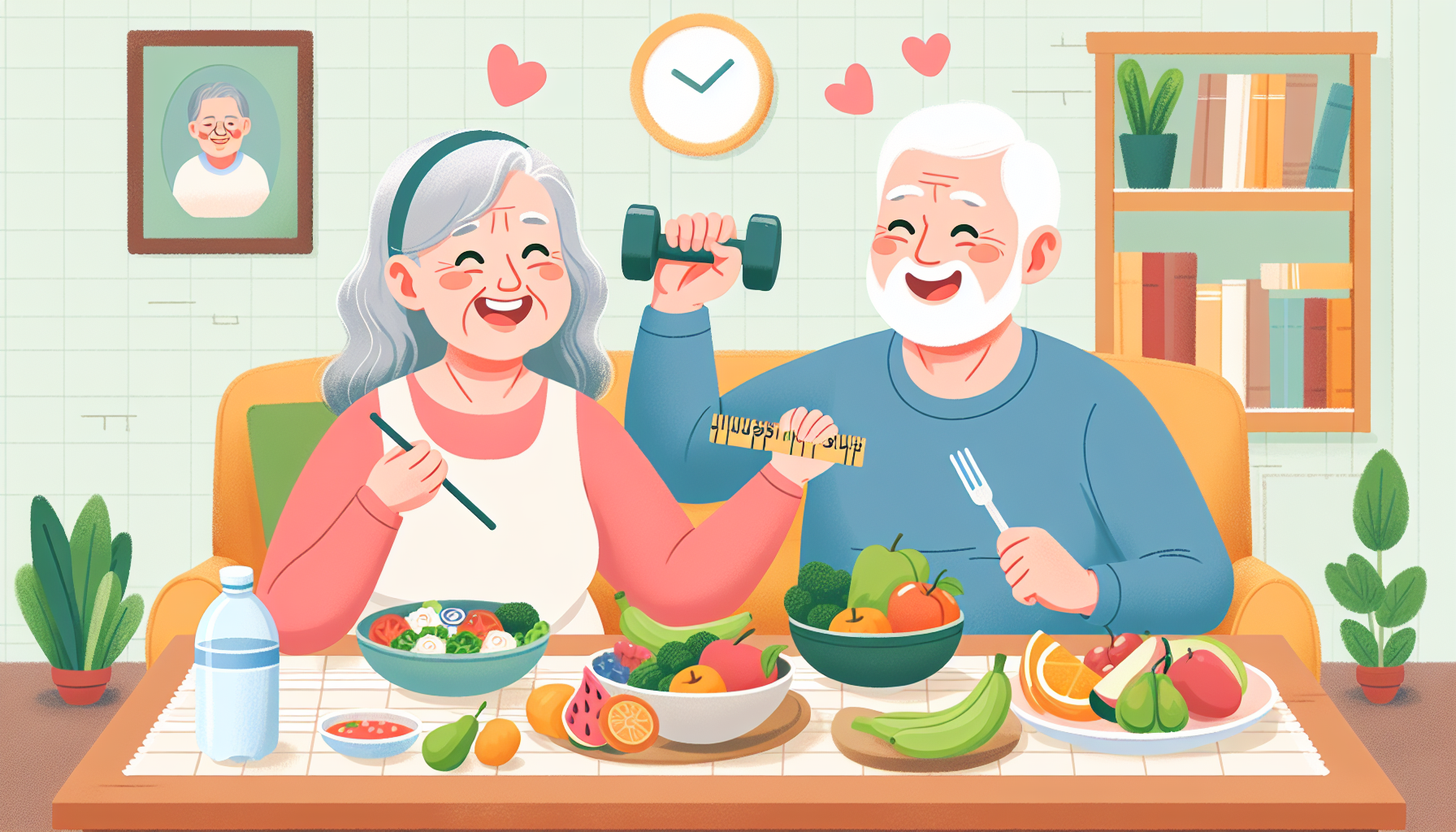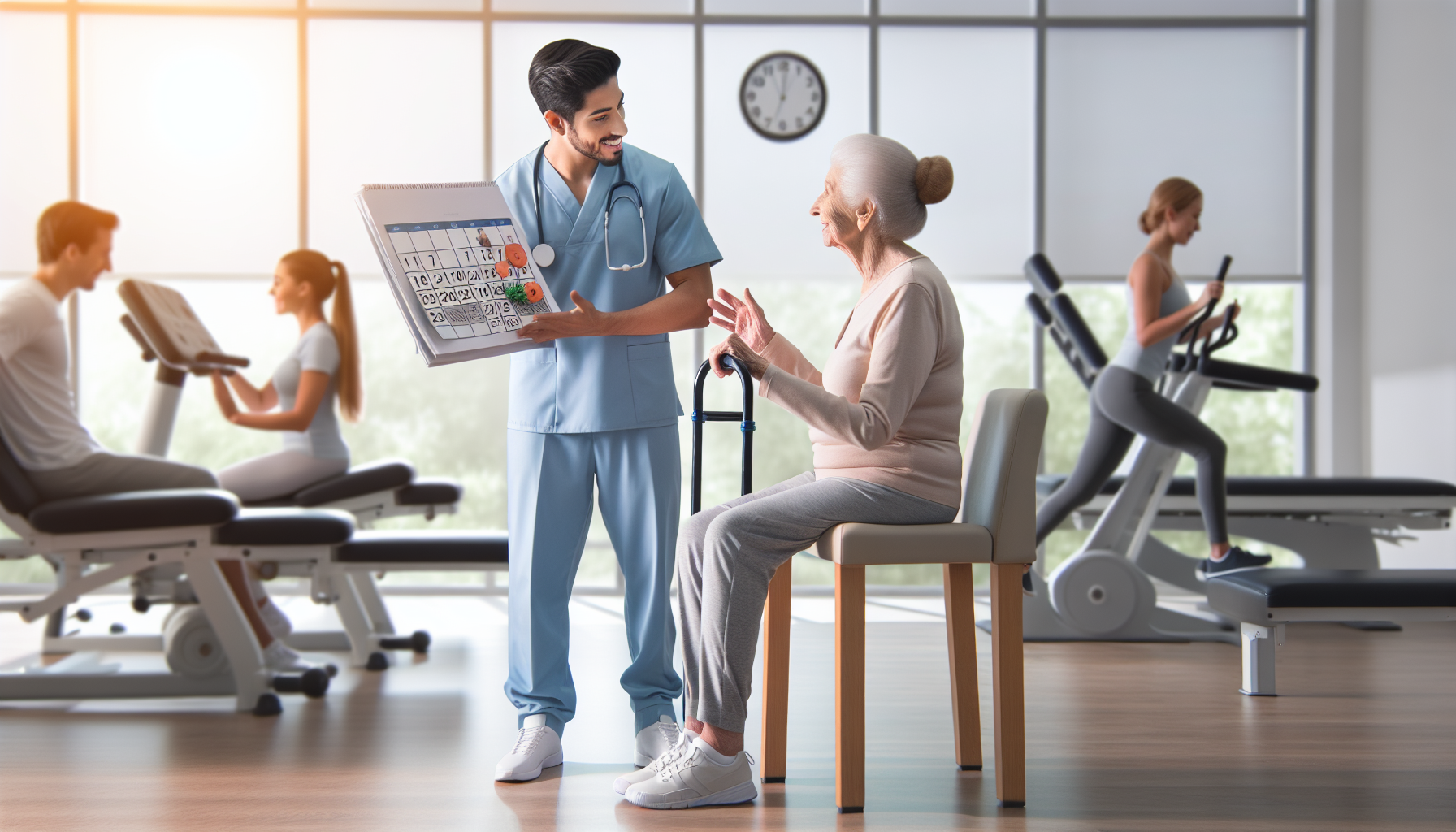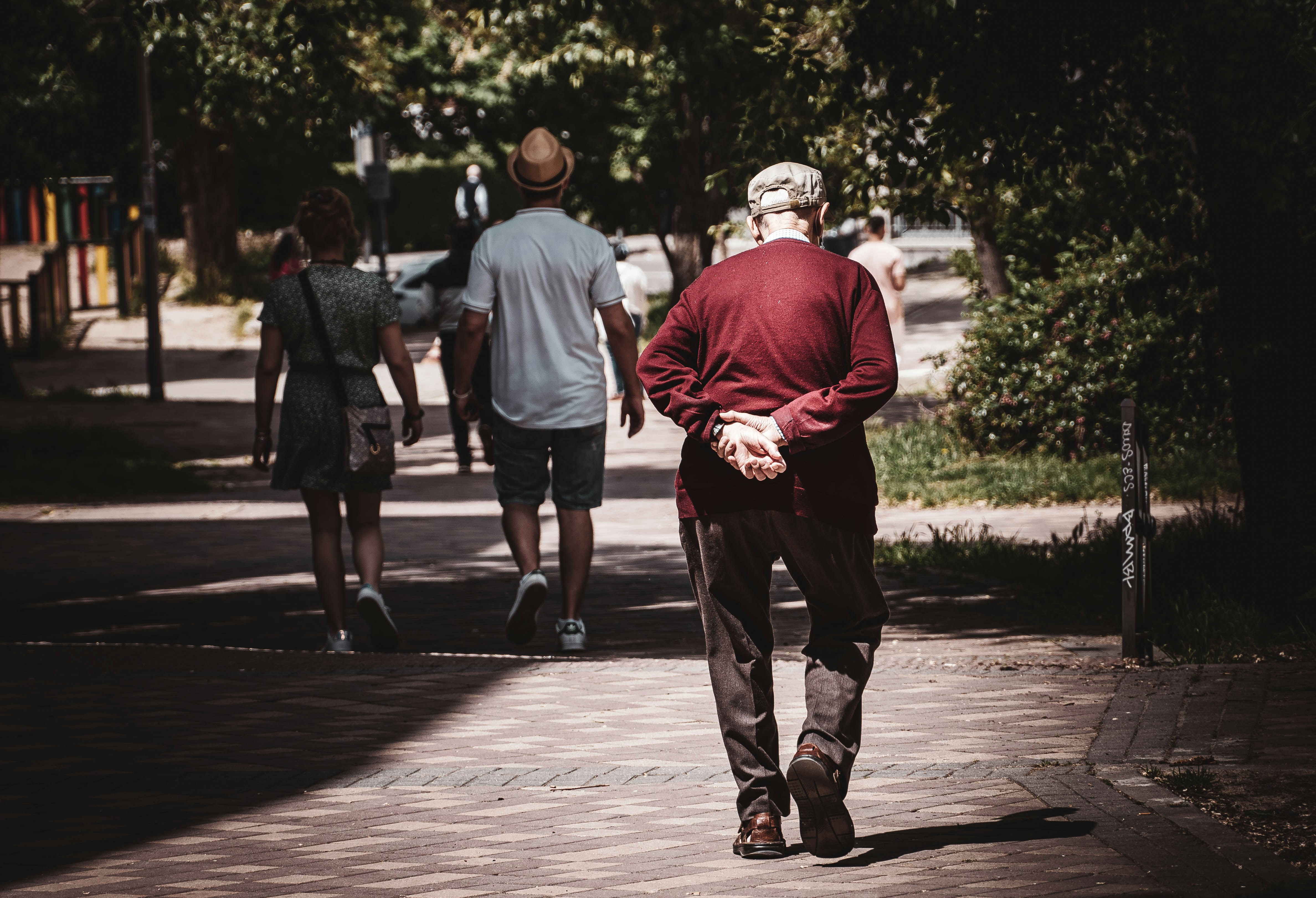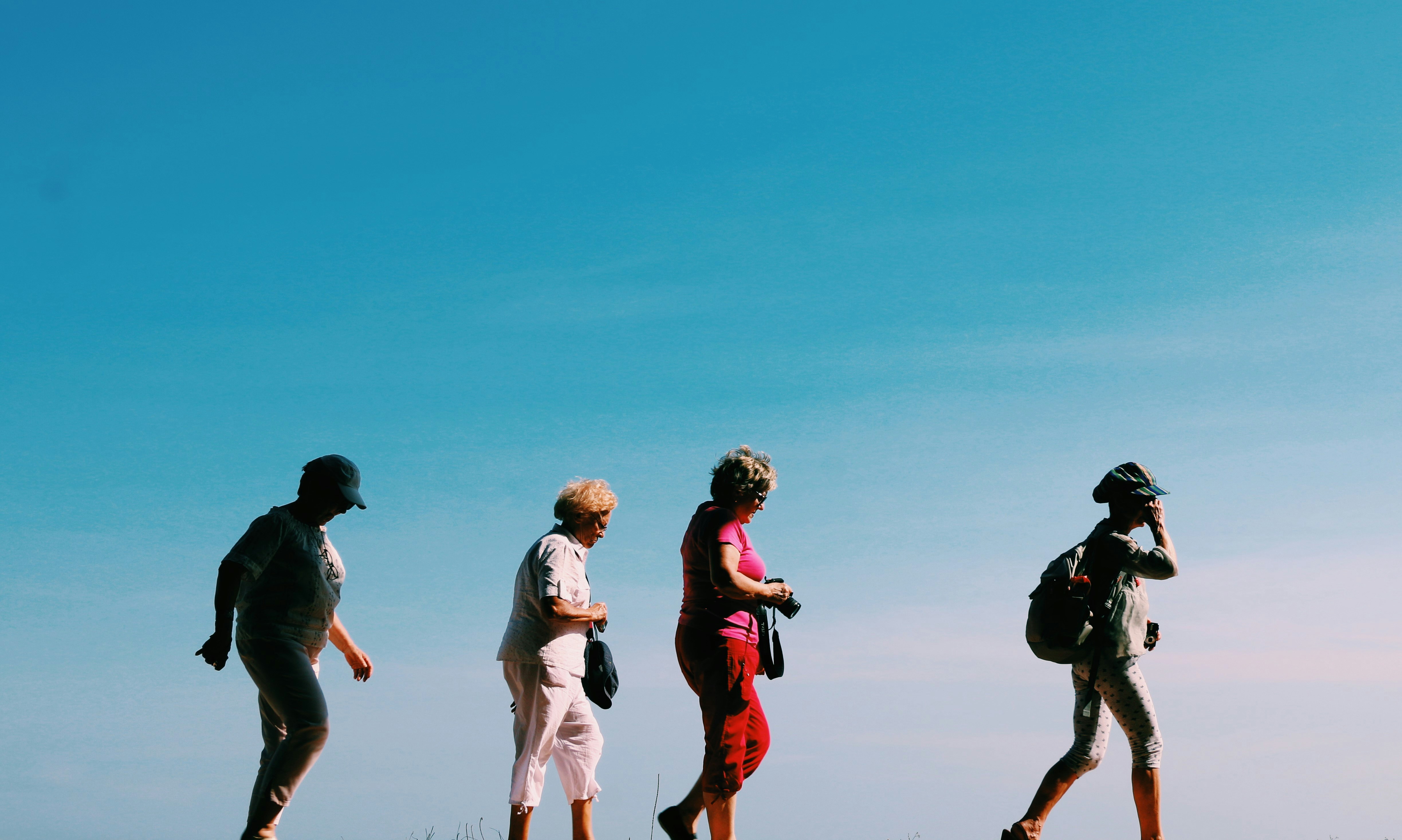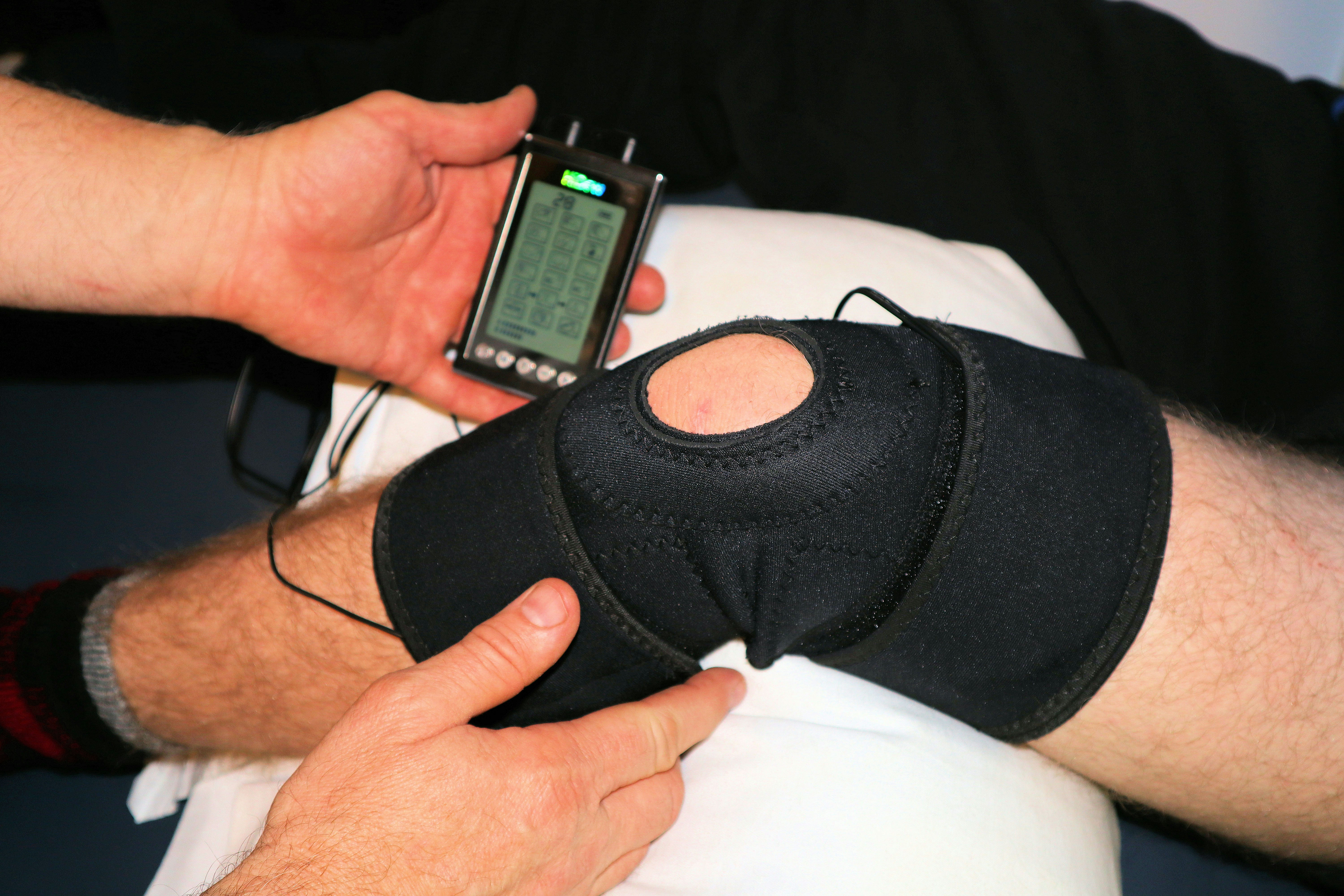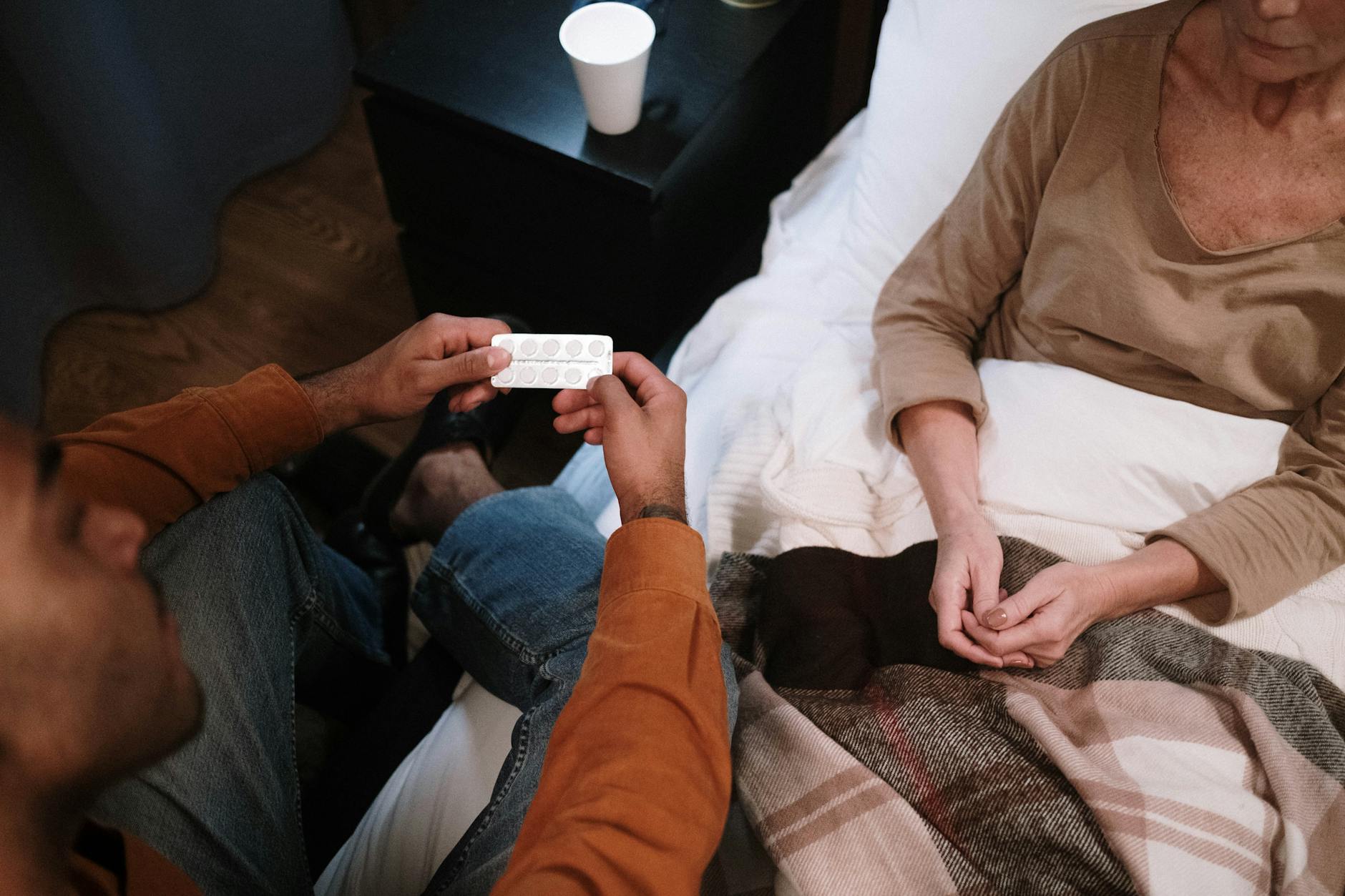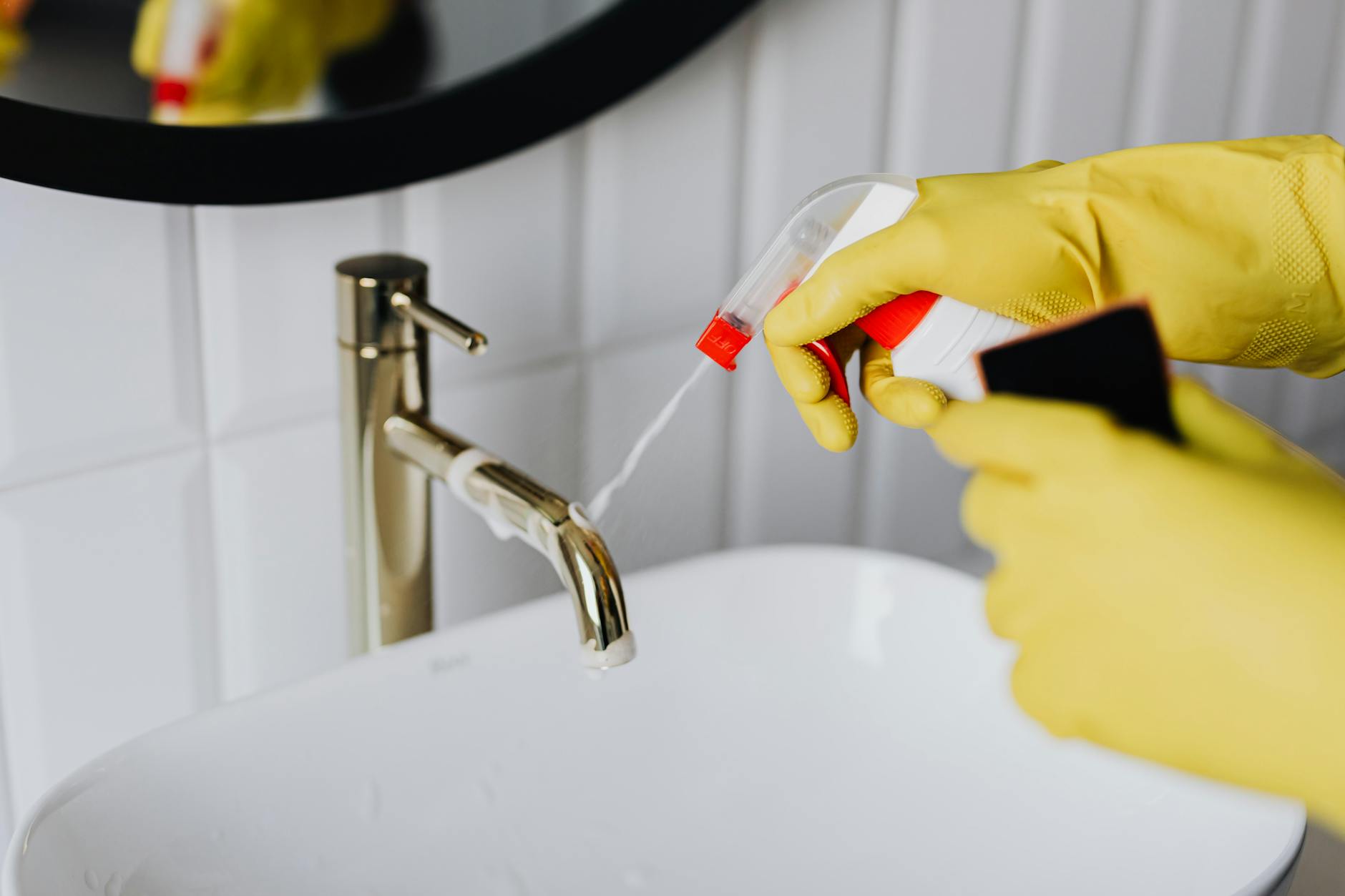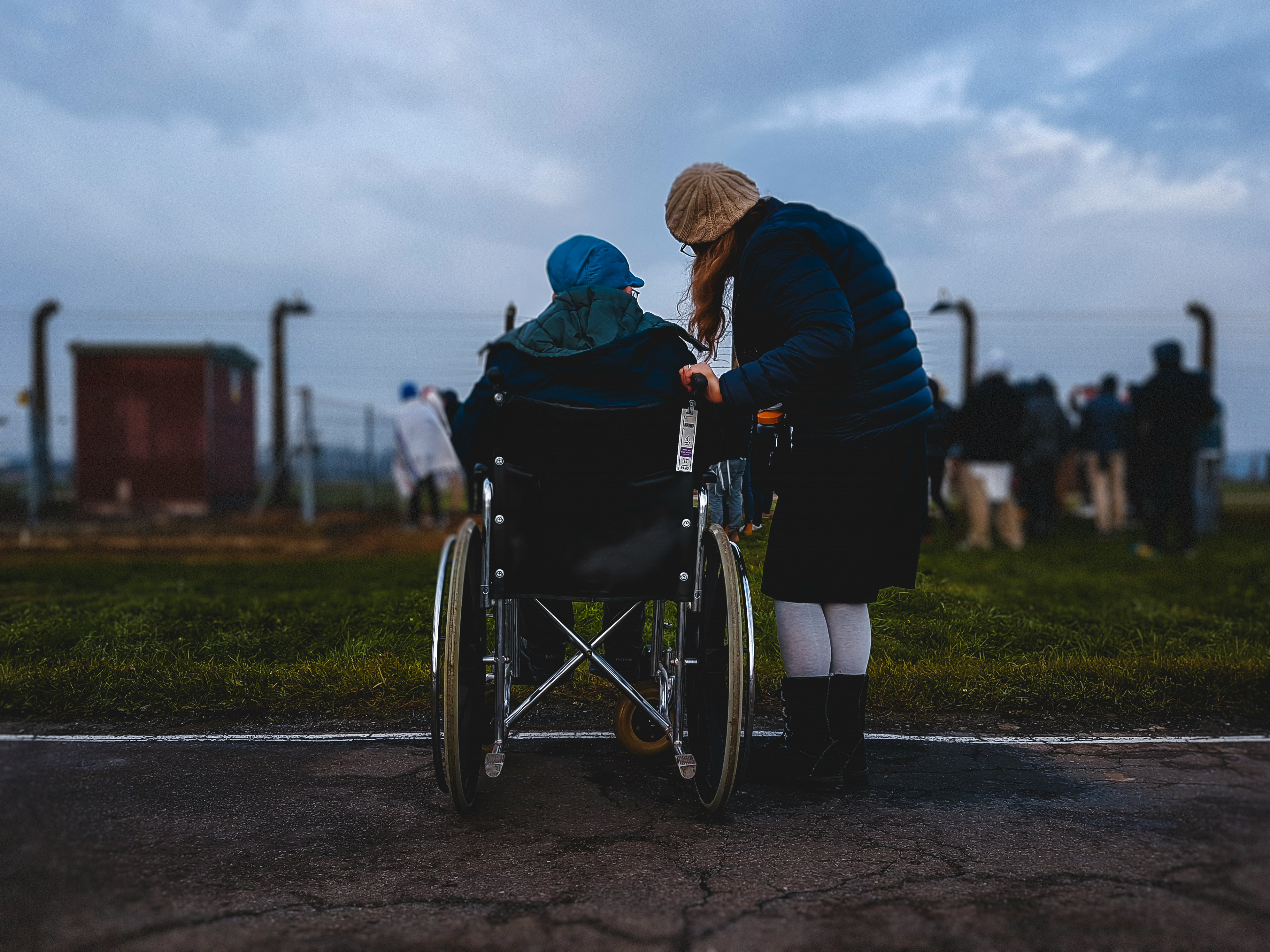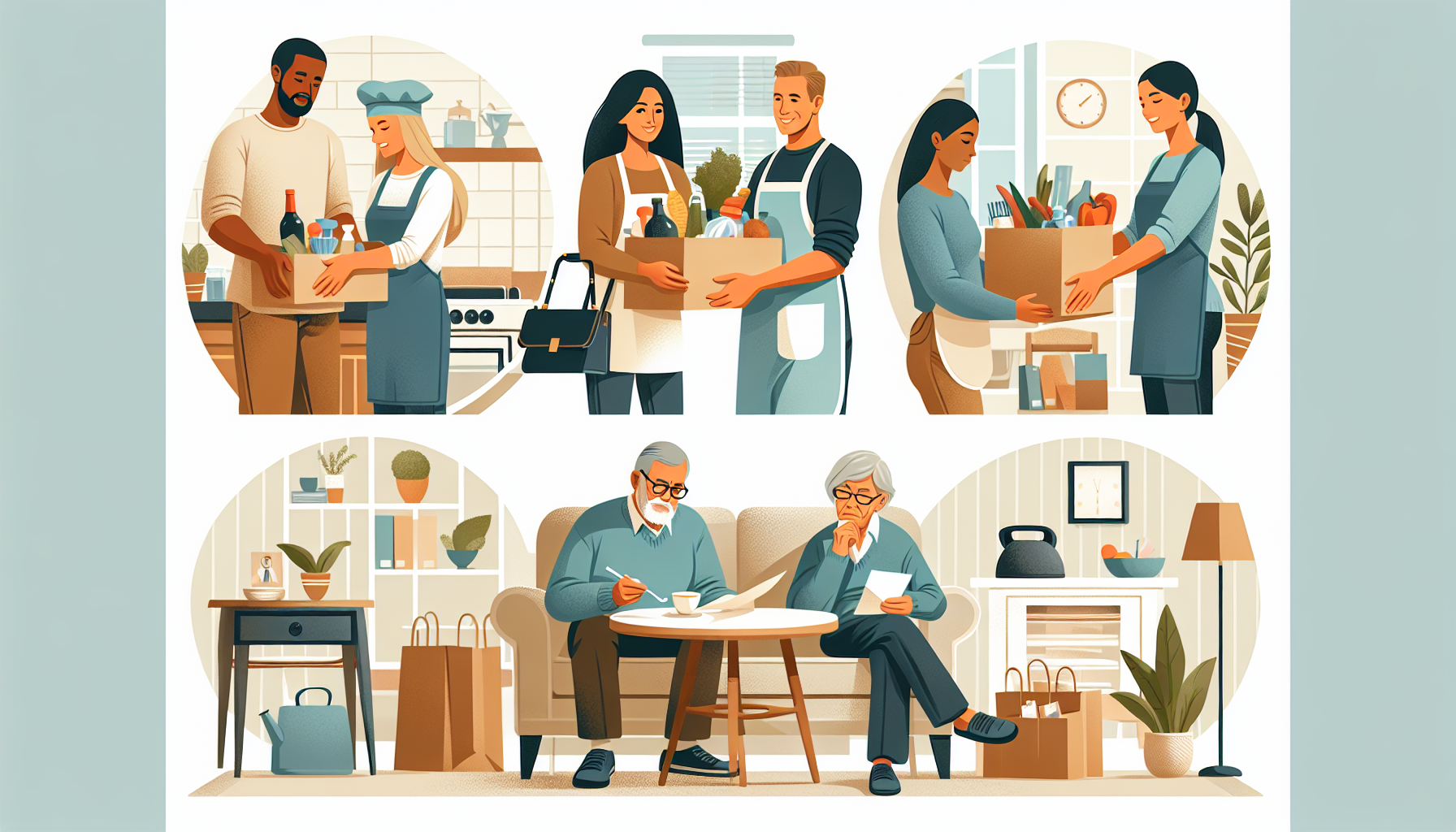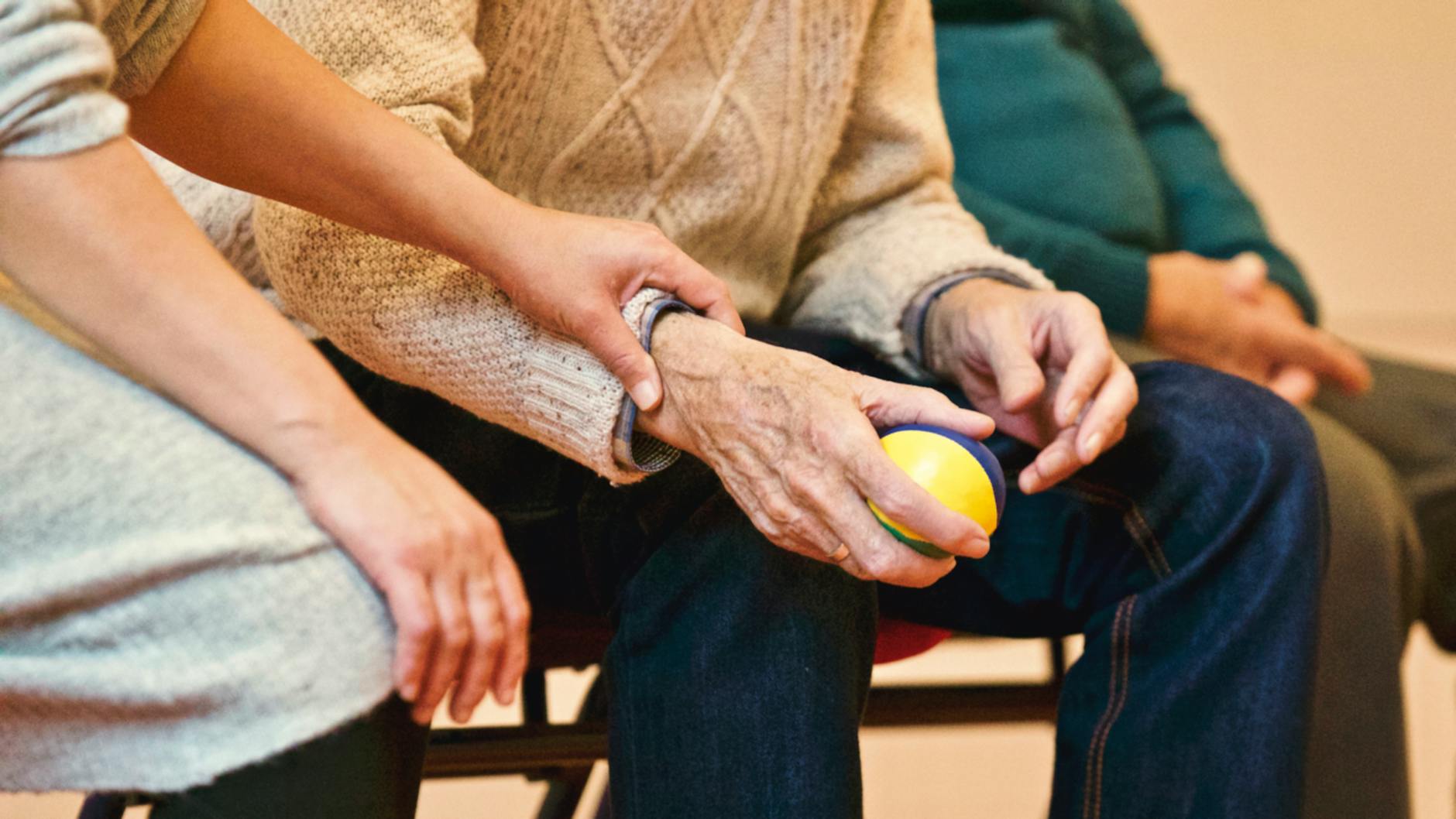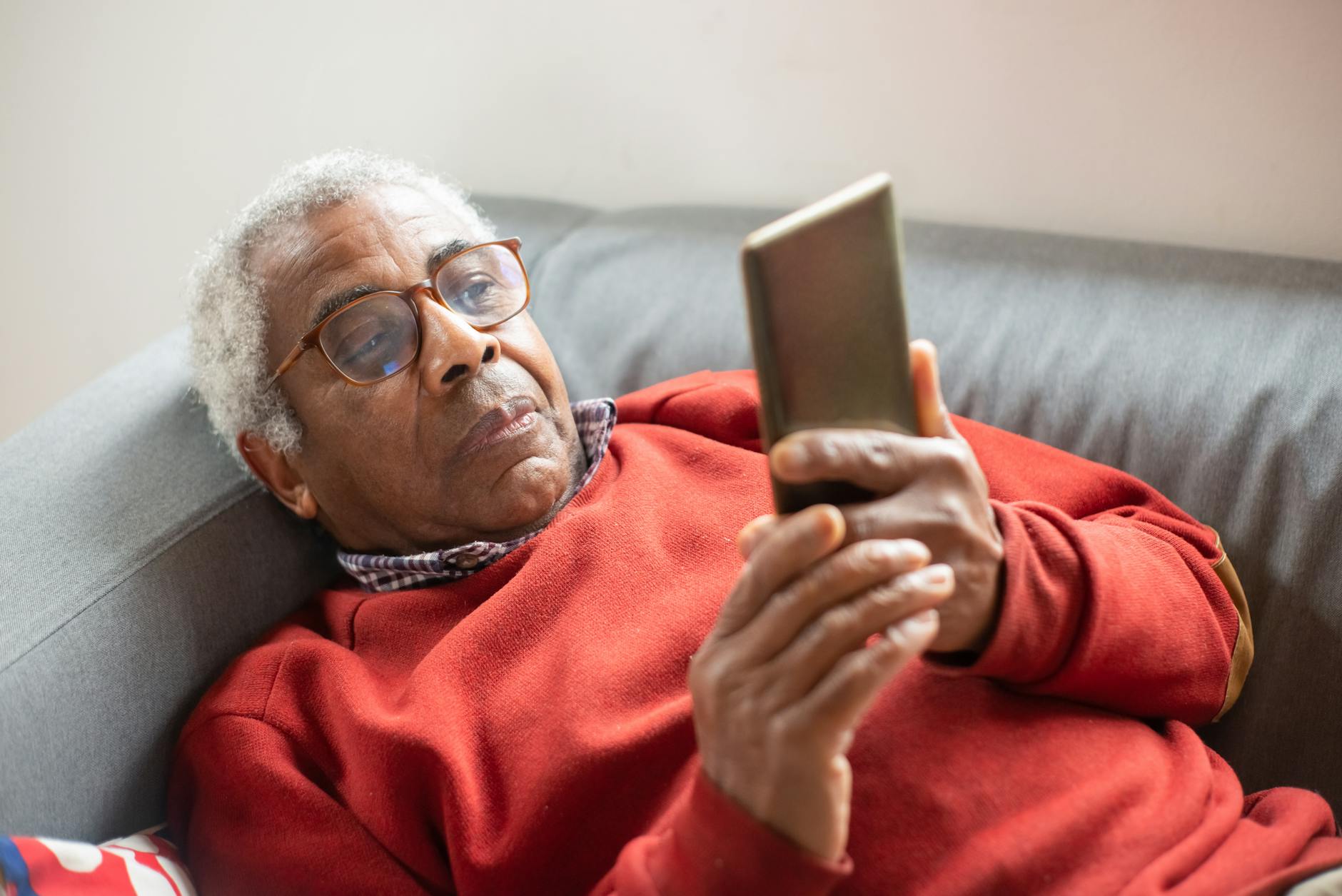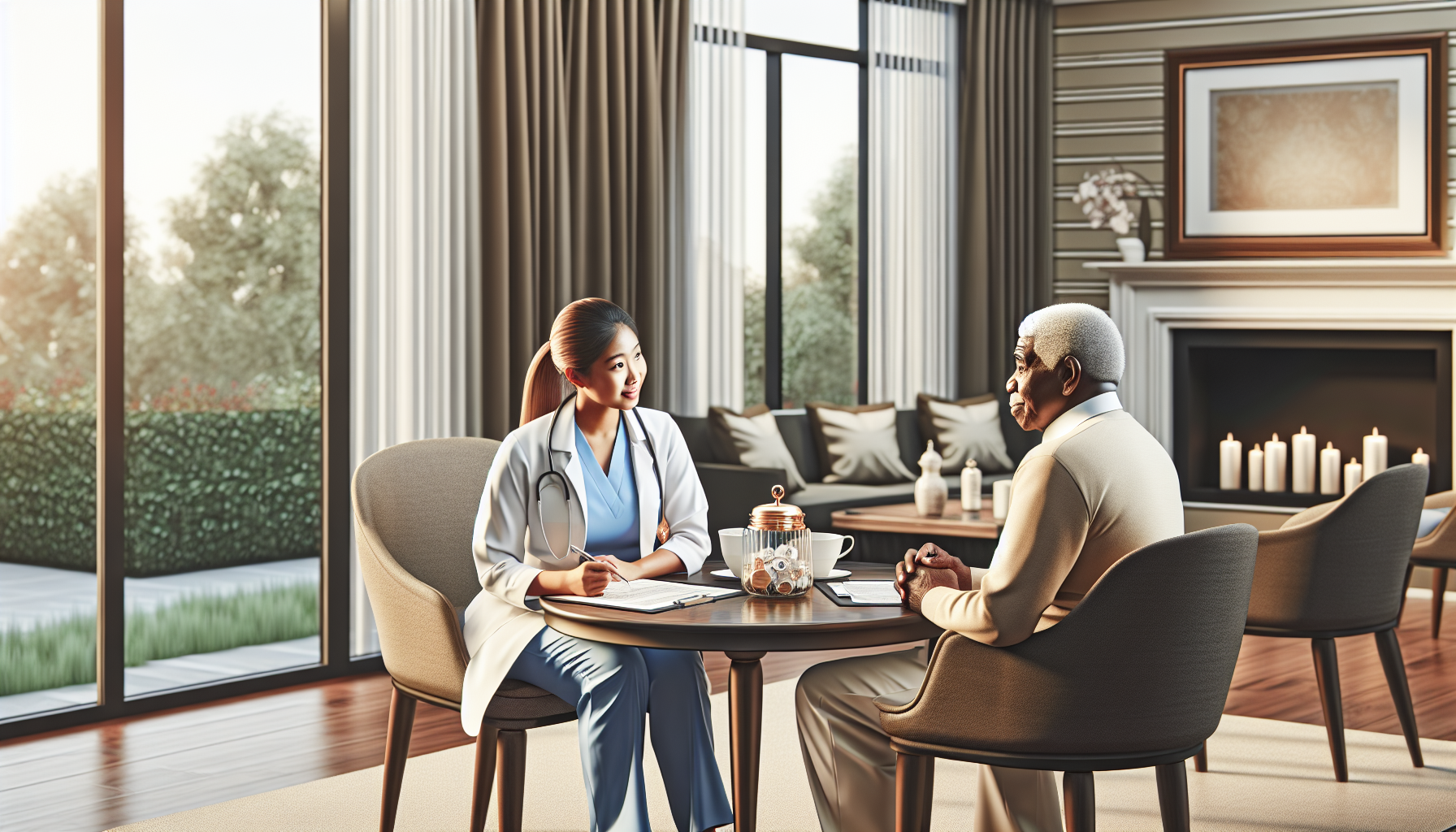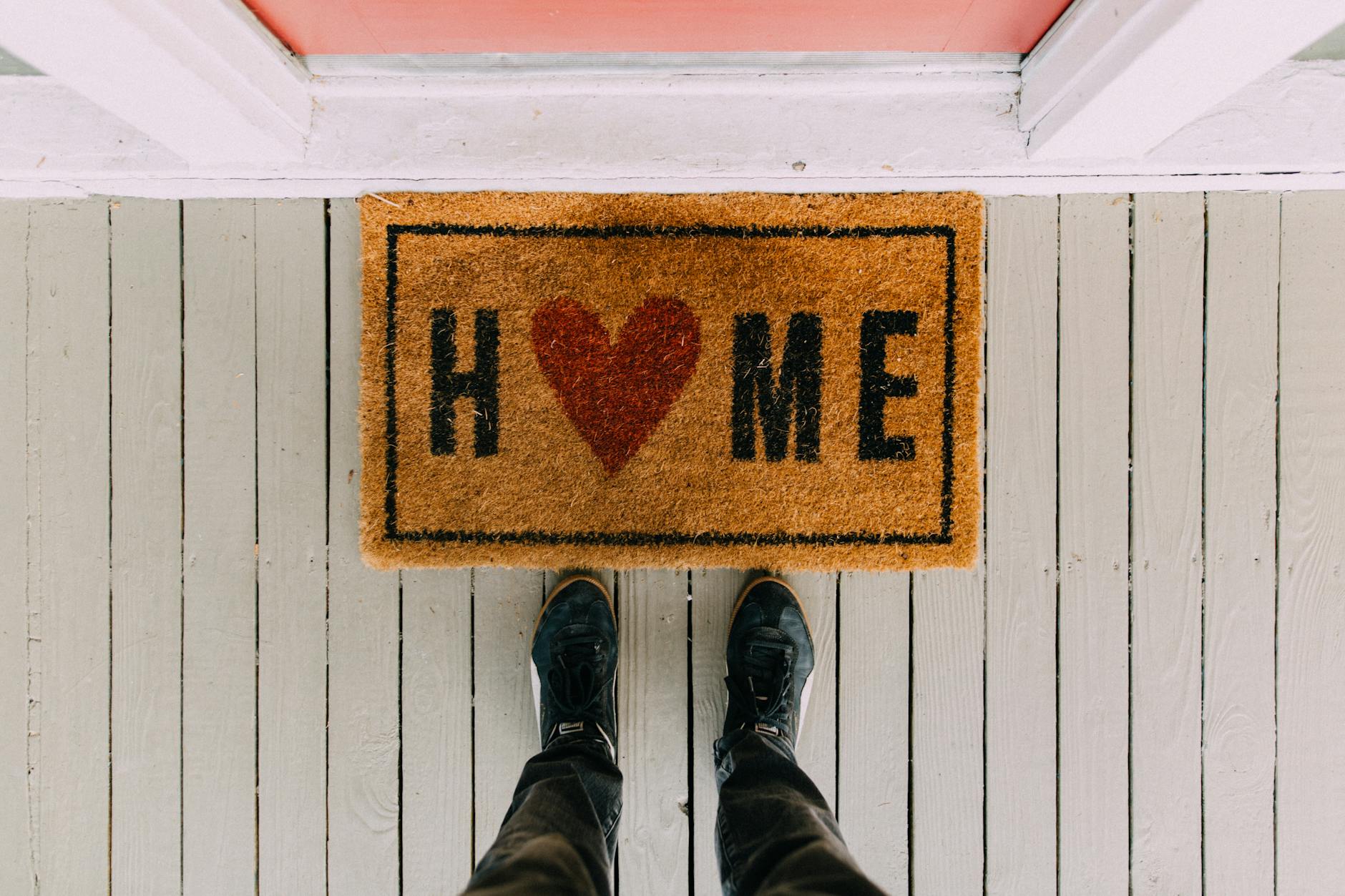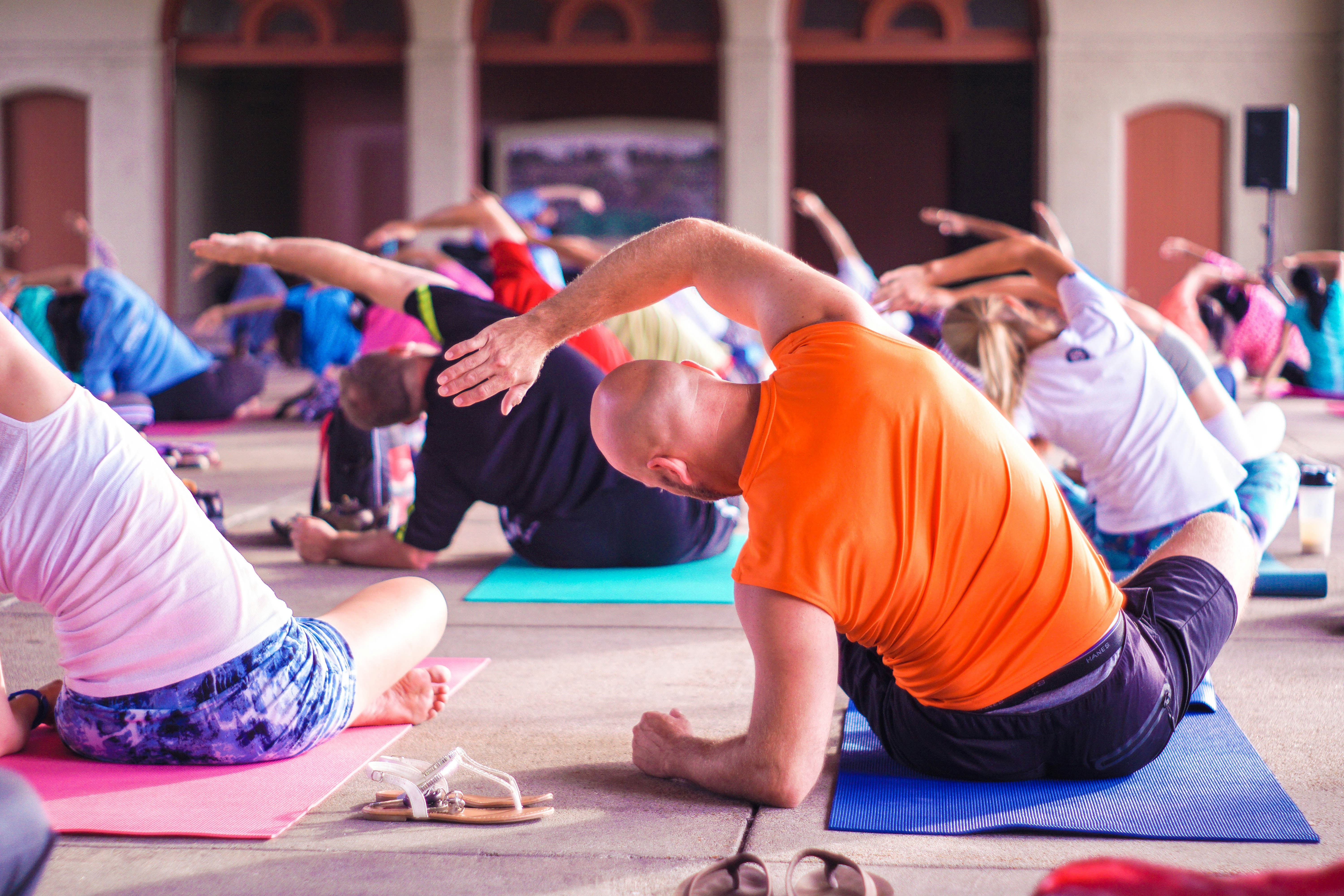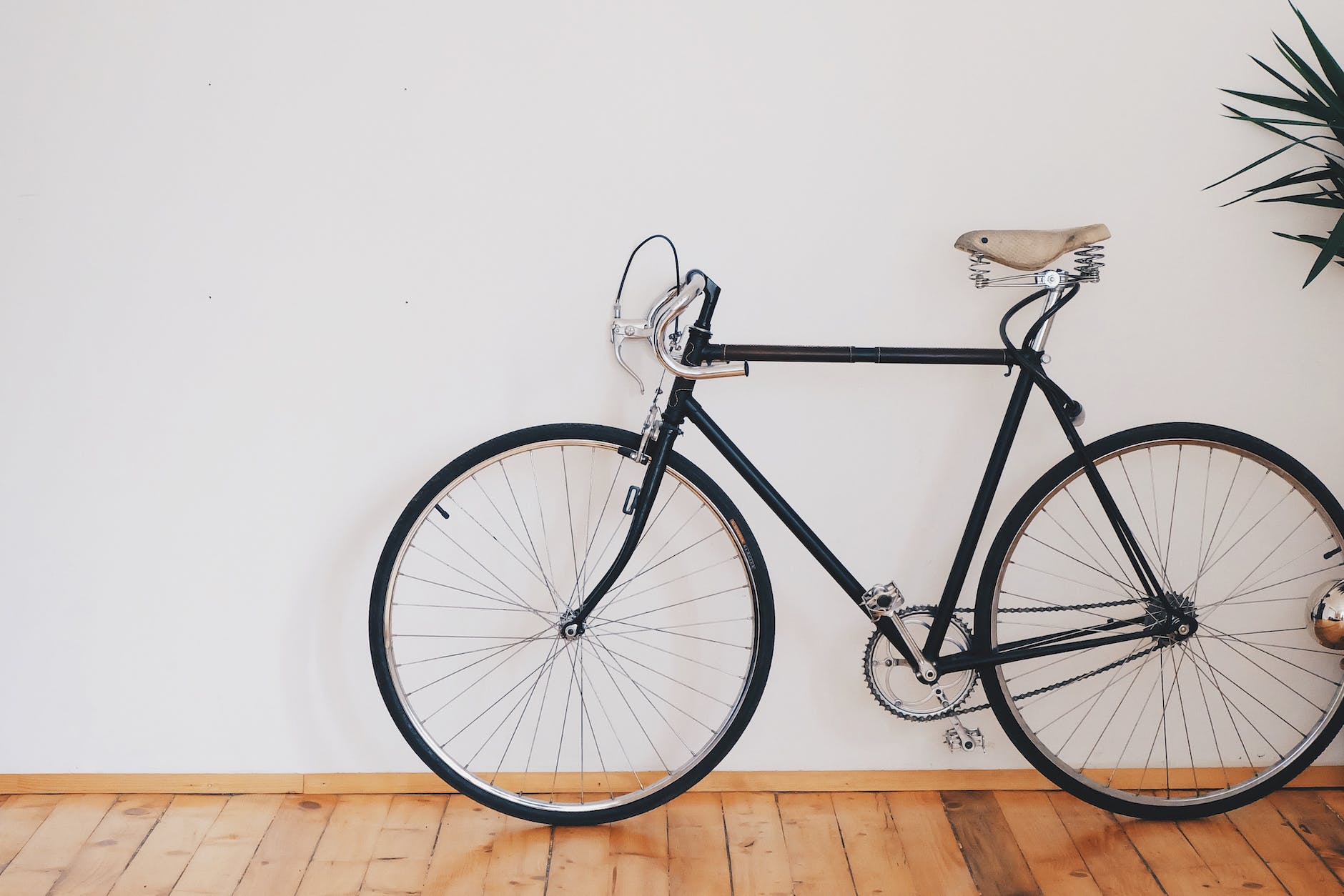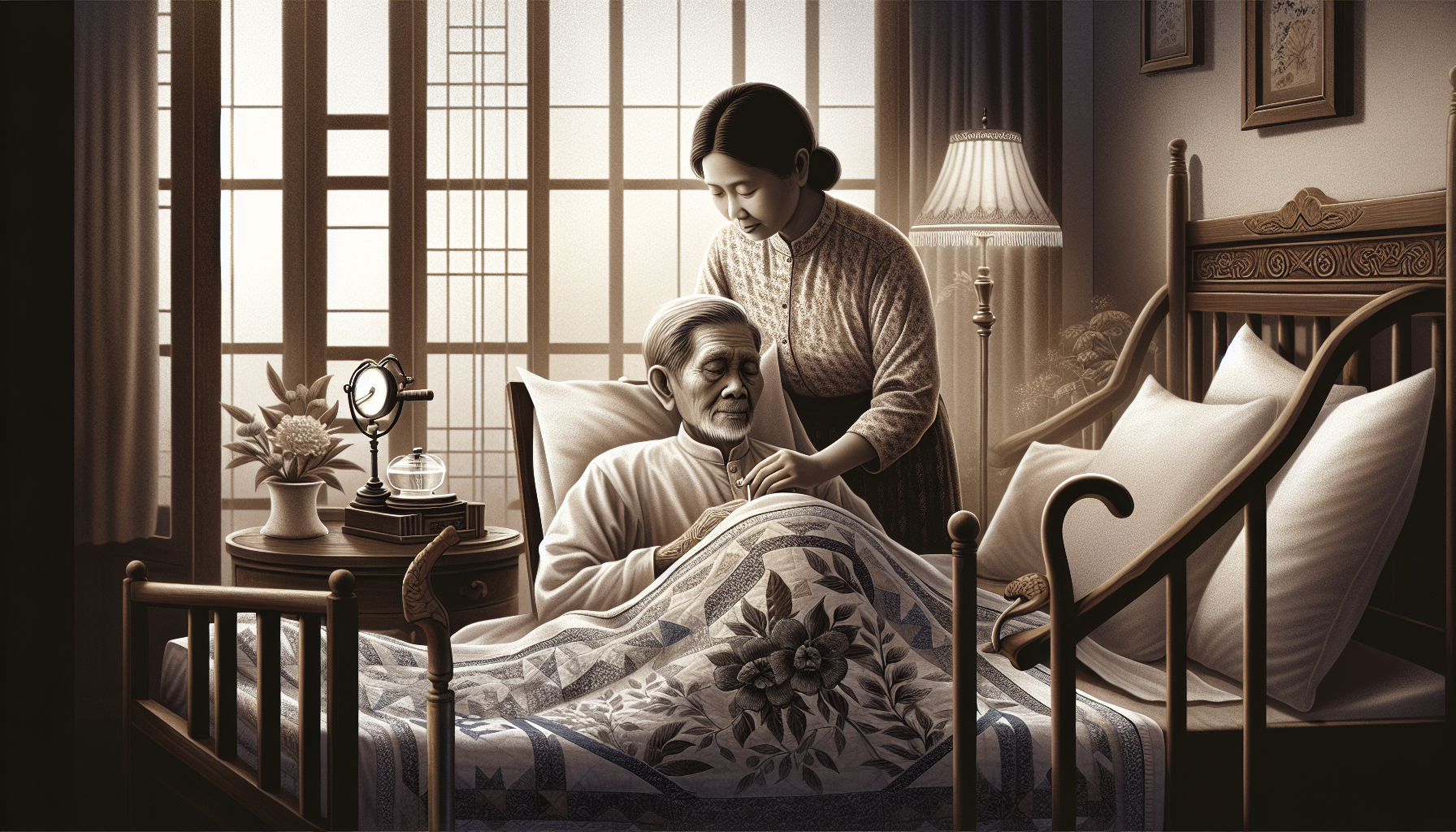Home Modifications for Accessibility in Private Pay Home Care
Transform your home with accessible modifications for private pay home care.
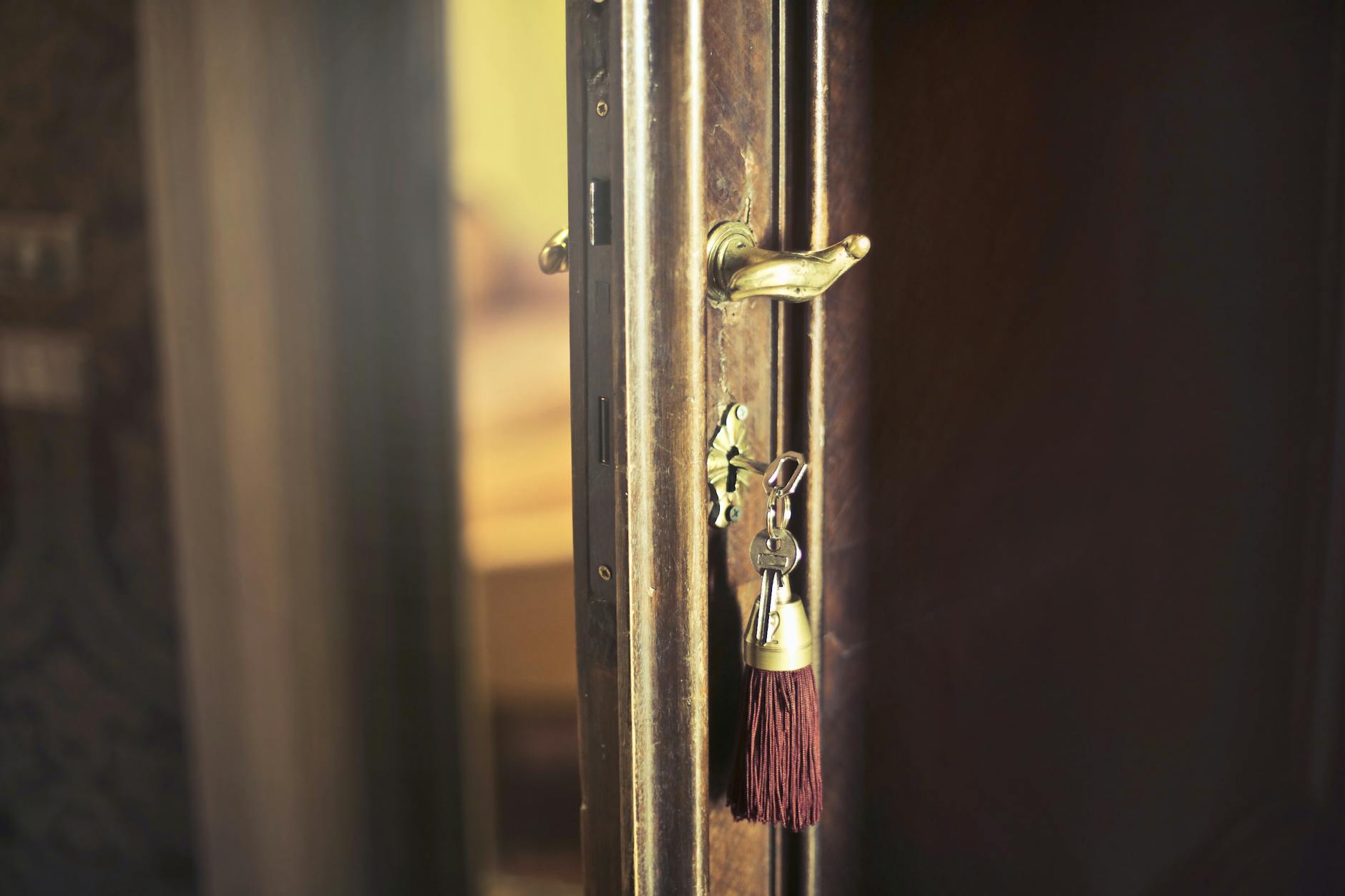
Making Homes Accessible
In order to ensure accessibility within the home, there are several modifications that can be made to accommodate individuals with mobility challenges. These modifications enable a more inclusive environment that promotes independence and safety. Here are some key modifications to consider:
Wheelchair Ramps
Installing a wheelchair ramp is a crucial modification that allows individuals with mobility impairments to navigate entrances and exits safely. While custom-built ramps can be costly and require permits, portable ramps offer a more affordable and convenient option. On average, it costs between $1,100 and $3,500 to install a ramp in place of steps on a home, with an average cost of $2,000.
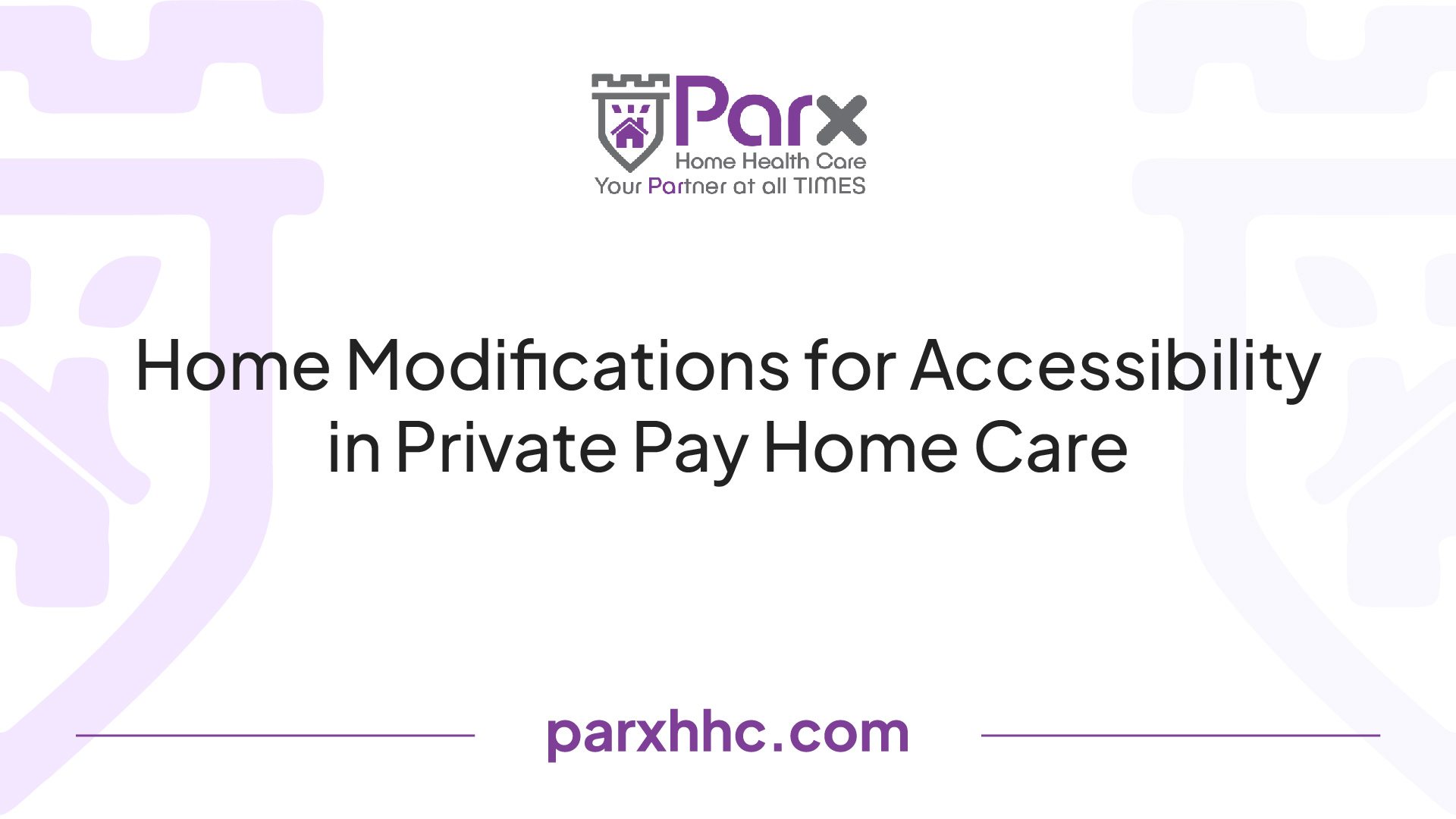
Raised-Height Toilets
Raised-height toilets, also known as comfort height toilets, are designed to make it easier for individuals with knee or back pain to use the bathroom. By avoiding the discomfort of squatting, these toilets provide increased accessibility and convenience. Installing a raised-height toilet can be a simple modification that greatly improves the overall accessibility of the bathroom.
Non-Slip Flooring
Creating a safe environment is essential for individuals with mobility challenges. Non-slip flooring helps to prevent accidents and provides stability for those using wheelchairs or walkers. It is recommended to remove any rugs or liners that could cause issues and opt for low-slip flooring options such as vinyl or laminate. These flooring materials offer a smooth and secure experience for individuals with disabilities.
Grab Bars
Installing grab bars is an affordable and effective solution to enhance safety and ease of movement within bedrooms and bathrooms. These bars provide support and stability, making it easier for individuals with mobility issues to navigate these areas. The height of grab bars should ideally be as high as the user needs, but a general guideline is to install them between 33 to 36 inches off the ground, including in bathrooms and showers, according to the ADA.
Widening Doorways
Widening doorways and hallways is a modification that significantly improves accessibility for individuals with mobility impairments, particularly those who use wheelchairs. Increasing the width to at least 32 inches allows for easier navigation through doors and passages. This modification promotes independence and ensures that individuals with mobility challenges can move freely throughout the home.
These modifications contribute to creating a more accessible and inclusive living space, allowing individuals with mobility challenges to navigate their homes with greater ease and independence. By implementing these changes, homes can be transformed into safe and welcoming environments for all residents.
Creating an Accessible Home
To ensure a home is accessible for individuals with disabilities, various modifications can be made. These modifications aim to promote independent living and enhance accessibility within the private residence. While private homes do not have to comply with all of the Americans with Disabilities Act (ADA) guidelines, there are steps that can be taken to create an accessible home.
Independent Living Design
An accessible home is designed or modified to offer independent living for people with disabilities. While not required to comply with all ADA guidelines, consulting with your city or county's division of disability rights can provide valuable assistance in making necessary modifications [1].
City/County Assistance
Your city or county's division of disability rights can step in and provide assistance with your accessibility requests. They can offer guidance and resources to ensure your home meets the necessary accessibility standards. Consulting with these organizations can help you navigate the process of making your home more accessible.
Portable Ramps
Installing a ramp at the doorway is an effective way to instantly make your home more accessible. While custom-built wheelchair ramps or permanent ramps can be costly and require permits, portable ramps offer a more convenient option. On average, it costs between $1,100 and $3,500 to install a ramp, providing accessibility in place of steps, with the average cost being around $2,000.
Handlebars and Grab Bars
Installing handlebars and grab bars in bedrooms and bathrooms can greatly enhance safety and maneuverability. These features are relatively easy to install and provide an affordable solution. According to the ADA, grab bars should typically be positioned between 33 and 36 inches off the ground to ensure accessibility in bathrooms and showers [1].
Accessible Flooring
Accessible flooring plays a crucial role in creating an inclusive environment. Removing rugs or liners that could pose challenges for wheelchair users or individuals with mobility aids is important. Opting for low-slip flooring options like vinyl or laminate can enhance accessibility and safety within the home.
Lever Door Handles
Replacing traditional doorknobs with lever door handles is a simple yet effective way to make your home more accessible. Lever door handles, also known as French door handles, make it easier for individuals with disabilities to enter and exit rooms. Hiring a locksmith to replace a doorknob with a lever handle costs around $160 per visit, excluding the material cost of the new lever handle.
By implementing these modifications, you can create an accessible home that promotes independence and inclusivity for individuals with disabilities. Consulting with local resources and professionals can provide additional guidance and support throughout the process of making your home more accessible.
Benefits of Home Modifications
Making home modifications to improve accessibility and create a safe environment can have numerous benefits for individuals requiring private pay home care. These modifications address specific needs and challenges, providing a range of advantages that enhance overall well-being and quality of life.
Reduced Falls and Injuries
Installing non-slip flooring in the home, such as cork or low-pile carpet, can help prevent distressing falls for individuals with limited mobility who may also have balance issues. Additionally, the installation of grab bars in showers or tubs provides stability and reduces the risk of accidents in the bathroom, a common location for slips and falls. These modifications play a crucial role in minimizing the likelihood of falls and injuries, improving safety and overall well-being.
Improved Activities of Daily Living
Home modifications, such as grab bar installations, have been associated with improved activities of daily living for older adults, enhancing their independence and autonomy. By addressing accessibility challenges and creating an environment that supports independence, individuals can perform daily tasks with greater ease and confidence. These modifications help reduce the risk of physical deconditioning, improve function, and enable individuals to maintain their daily routines.
Increased Independence
Home modifications positively impact the independence and self-care abilities of individuals living at home with private pay home care, including older adults and individuals with disabilities. By removing barriers and incorporating accessibility features, individuals can navigate their homes more easily and carry out daily activities independently. This increased independence fosters a sense of empowerment, dignity, and self-reliance, contributing to overall well-being and quality of life.
Aging in Place Solutions
Home modifications play a vital role in enabling individuals to age in place comfortably and safely. By adapting the home environment to suit specific needs, individuals can remain in their familiar surroundings and maintain their desired level of independence. These modifications can include various aspects, such as wheelchair ramps, widened doorways, and raised-height toilets, among others. Aging in place solutions allow individuals to retain their autonomy and continue living in the comfort of their own homes, even as their care needs evolve.
By implementing home modifications for accessibility in private pay home care, individuals can experience reduced falls and injuries, improved activities of daily living, increased independence, and the ability to age in place. These modifications enhance safety, functionality, and overall well-being, empowering individuals to lead fulfilling lives within their own homes.
Financial and Legal Considerations
When it comes to making home modifications for accessibility in private pay home care, there are important financial and legal considerations to keep in mind. Ensuring that the necessary modifications are affordable and comply with relevant laws and regulations is crucial for creating a safe and accessible living environment. Let's explore some key aspects in this regard.
Affordable Modifications
Affordability is a significant factor when considering home modifications for accessibility. Depending on the specific needs of the individual, modifications can range from simple adjustments to more extensive renovations. It's important to research and explore various options to find cost-effective solutions that meet the required accessibility standards.
Fair Housing Act
Under the Fair Housing Act, individuals with disabilities are entitled to reasonable accommodations in housing. A reasonable accommodation refers to a change, exception, or adjustment to a rule, policy, practice, or service that may be necessary to provide equal opportunity for individuals with disabilities to use and enjoy a dwelling and public and common use areas. This means that housing providers must make reasonable modifications to their properties to accommodate the needs of individuals with disabilities.
Section 504 Requirements
Section 504 is a federal law that requires housing providers to make reasonable accommodations and modifications to ensure equal opportunities for individuals with disabilities. It covers changes necessary to provide equal opportunity to participate in any federally-assisted program or activity. This means that housing providers must make reasonable accommodations and modifications to their properties to remove barriers and facilitate accessibility.
Public Housing Obligations
Public housing agencies, other federally-assisted housing providers, and state or local government entities have obligations under Section 504 and the Americans with Disabilities Act (ADA) to provide and pay for structural modifications as reasonable accommodations/modifications. This includes making necessary changes to ensure accessibility for individuals with disabilities. These obligations are in place to ensure that individuals with disabilities have equal access to housing and related services.
Considering the financial aspects and legal requirements associated with home modifications for accessibility is essential for individuals seeking private pay home care. By understanding the affordability of modifications and the protections provided by laws like the Fair Housing Act and Section 504, individuals can make informed decisions and take the necessary steps to create an accessible living environment.
Aging in Place Challenges
As individuals age, there are various challenges they may face when it comes to making their homes more accessible for aging in place. These challenges can impact the design elements of their homes, the demand for accessible housing, and the perception of home modifications as health solutions rather than preventative measures.
Longevity Impact
Extended longevity has become a reality for many Americans, and with increased age comes a decline in mobility. The existing housing stock was not designed with the needs of older residents in mind, making home modifications crucial for aging in place. As individuals live longer than before, the need to update homes to accommodate their changing needs becomes more apparent.
Design Element Mismatch
The design elements of homes built during the postwar housing boom are not always suitable for the current demographic needing accessibility features. These homes may lack features such as wheelchair ramps, grab bars, and wider doorways that are essential for individuals with declining mobility. It is crucial to address this mismatch and modify homes to meet the needs of aging individuals, regardless of their income level.
Low Market Demand
The demand for accessible housing is often low, as many people only consider modifying their homes for aging in place after facing a medical situation [6]. This reactive approach can limit the availability of suitable housing options for older adults. It is important to raise awareness about the benefits of home modifications and encourage proactive measures to ensure individuals can age in place comfortably and safely.
Health Solution vs. Prevention
Home modifications are often associated with health solutions rather than proactive measures for falls prevention. While these modifications can indeed address health-related concerns, it is equally important to view them as preventative measures to reduce the risk of falls and improve overall safety. By recognizing the value of proactive modifications, individuals can take steps to enhance their homes' accessibility before facing a medical situation.
Understanding the challenges associated with aging in place allows individuals and communities to address these issues. By recognizing the impact of longevity, advocating for age-friendly housing design, increasing market demand for accessible homes, and promoting the preventative aspect of home modifications, we can create environments that support individuals in aging comfortably and safely in their own homes.
Impact of Home Modifications
Home modifications have a significant impact on the care needs of individuals receiving private pay home care. These modifications not only enhance accessibility but also contribute to reducing the amount of care required. Let's explore the impact of home modifications in terms of care reduction statistics, cost savings, care hours reduction, and government welfare dependence.
Care Reduction Statistics
According to a study conducted on Australian community care recipients, home modifications resulted in a substantial reduction in the hours of care provided. On average, care hours were reduced by 42% per week for individuals who had received home modifications within the past six months.
The study surveyed 157 community care recipients who had undergone home modifications through a government-subsidized program. The findings revealed that changes in care hours following home modifications were statistically significant. Informal care hours were reduced by approximately 6 hours per week, while formal care hours were reduced by approximately 0.36 hours per week. Overall, the total care hours were reduced by approximately 6.32 hours per week.
Cost Savings Model
The reduction in care hours resulting from home modifications can lead to substantial cost savings. By reducing the need for care, individuals and families can potentially save on caregiving expenses. The study mentioned above found that the positive association between home modifications and care reduction was stronger for informal care, with a reduction of 46%. Formal care also experienced a reduction of 16%.
Care Hours Reduction
Home modifications have the potential to significantly reduce the number of care hours required by individuals receiving private pay home care. The study conducted on Australian community care recipients revealed that, on average, home modifications led to a 42% reduction in care hours per week. This reduction in care hours can alleviate the burden on caregivers and provide individuals with greater independence and autonomy.
Government Welfare Dependence
Investing in home modifications can also have a positive impact on government welfare dependence. By reducing the need for formal care services, individuals who have undergone home modifications may rely less on government-funded assistance. This reduction in government welfare dependence not only benefits individuals and families but also creates opportunities for reallocating resources to other areas of need.
The research findings suggest that home modifications support a model of self-care and can substitute for both informal and formal care provided in the home, with a stronger association observed for informal care. This indicates that a capital investment in the built environment through home modifications could offer ongoing returns in care cost savings. It highlights the potential for housing policy and healthcare reforms to be considered concurrently, taking into account the relationship between housing and care.
Home modifications play a vital role in improving accessibility and reducing the care needs of individuals receiving private pay home care. By making homes more accessible and inclusive, these modifications contribute to increased independence, improved quality of life, and reduced reliance on formal care services.
References
[1]: https://www.forbes.com/home-improvement/home/ways-to-make-home-accessible/
[2]: https://www.mrhandyman.com/blog/accessible-home-modifications/
[3]: https://www.ncbi.nlm.nih.gov/pmc/articles/PMC8020400/
[4]: https://www.ncbi.nlm.nih.gov/pmc/articles/PMC6604004/
[5]: https://www.hud.gov/programoffices/fairhousingequalopp/reasonableaccommodationsand_modifications
[6]: http://generations.asaging.org/home-modifications-aging-place-remodeling

